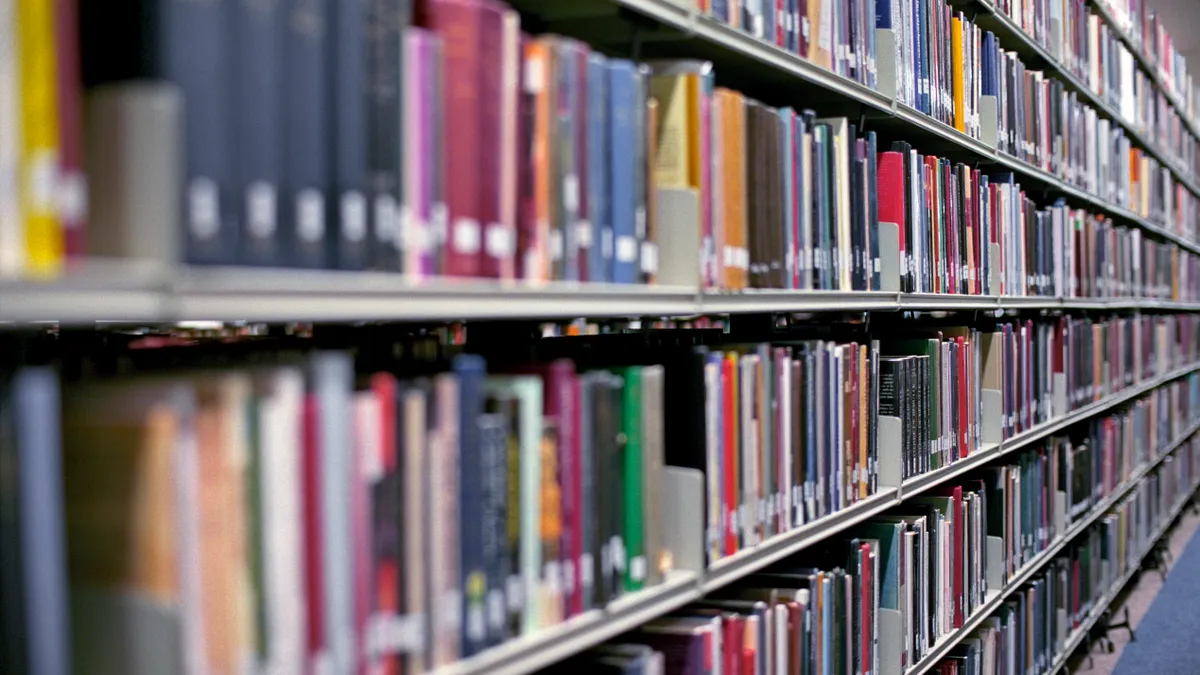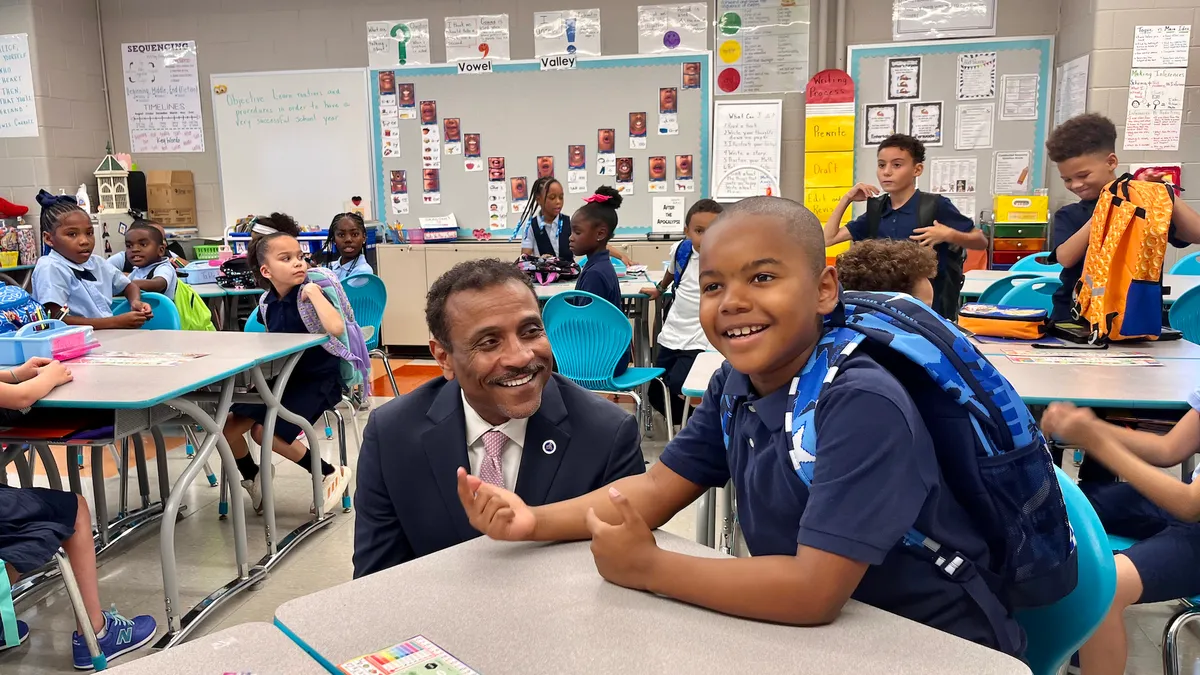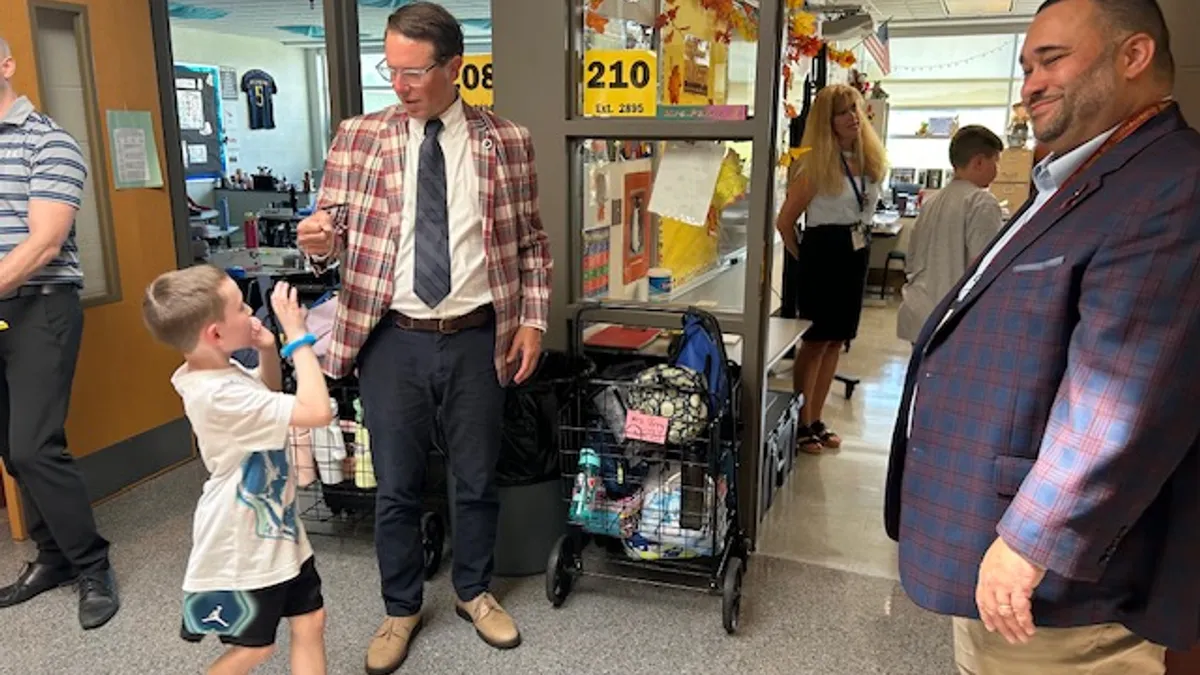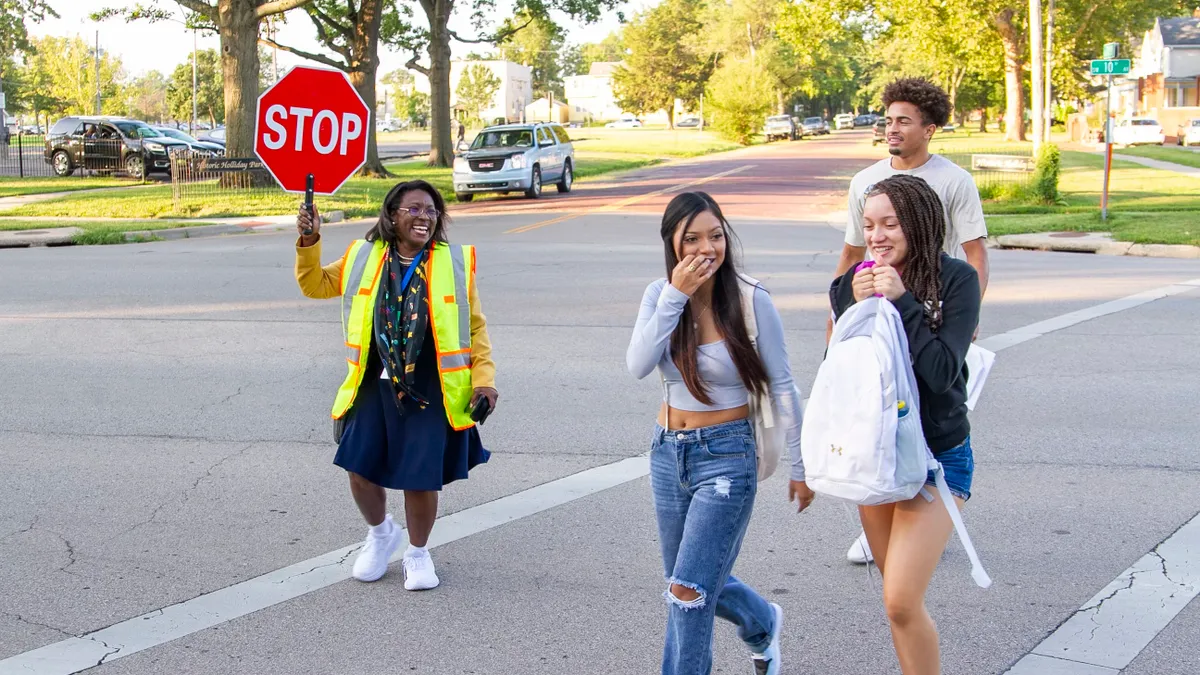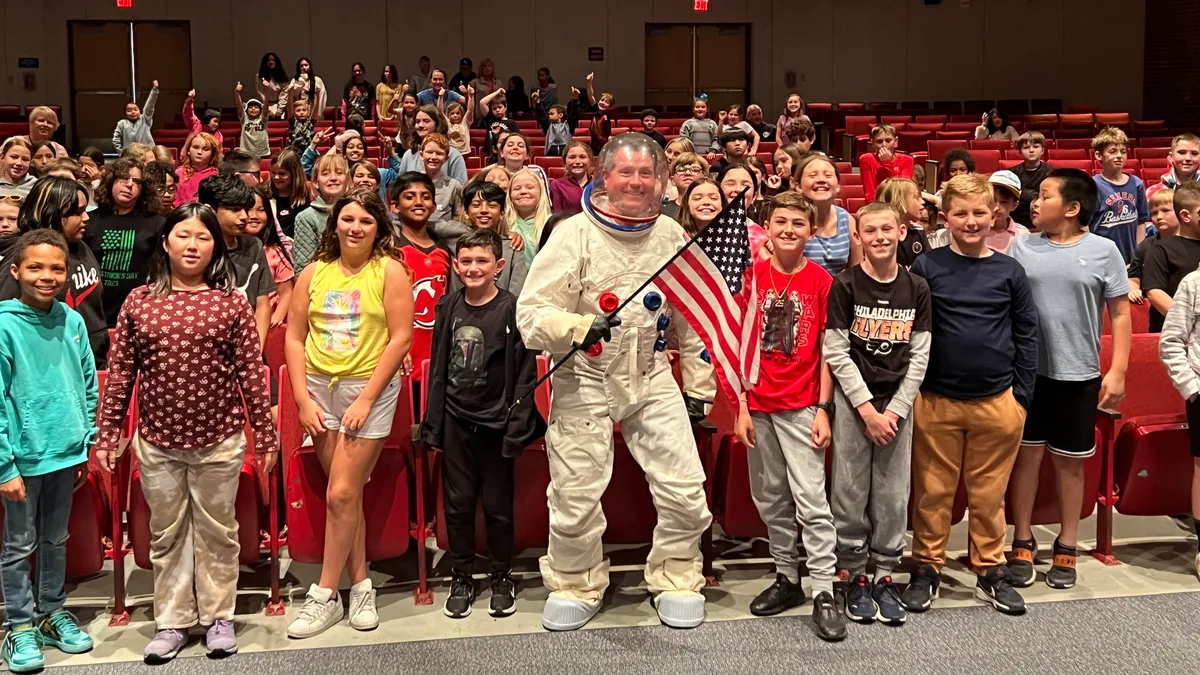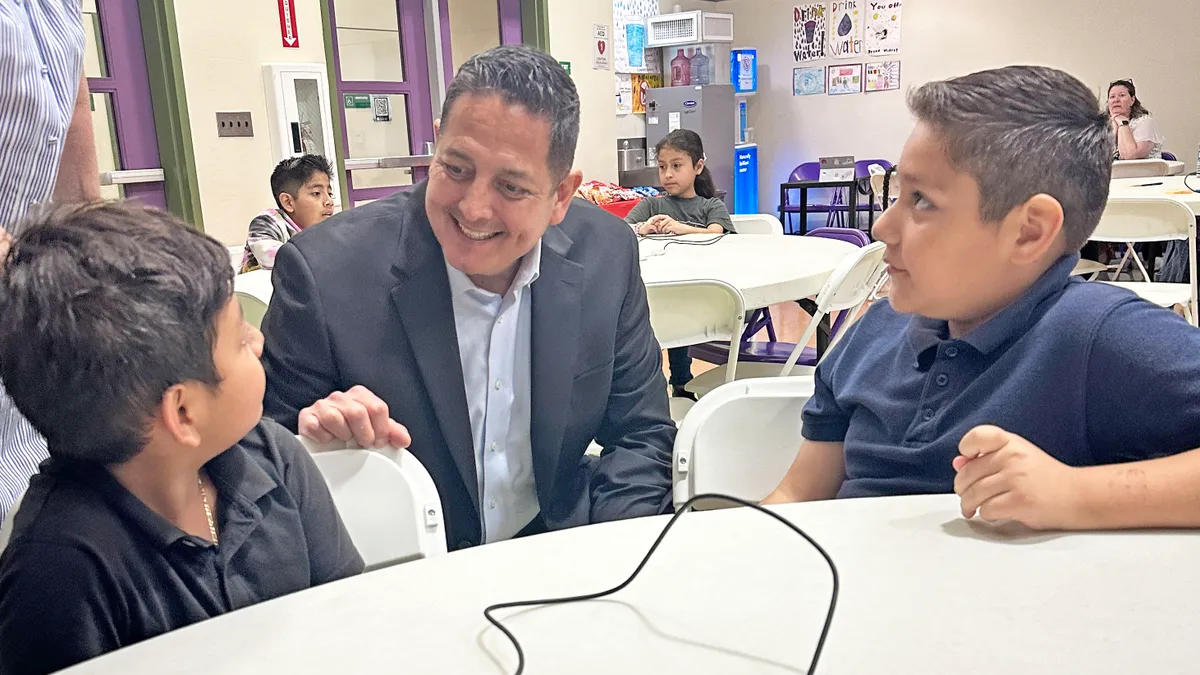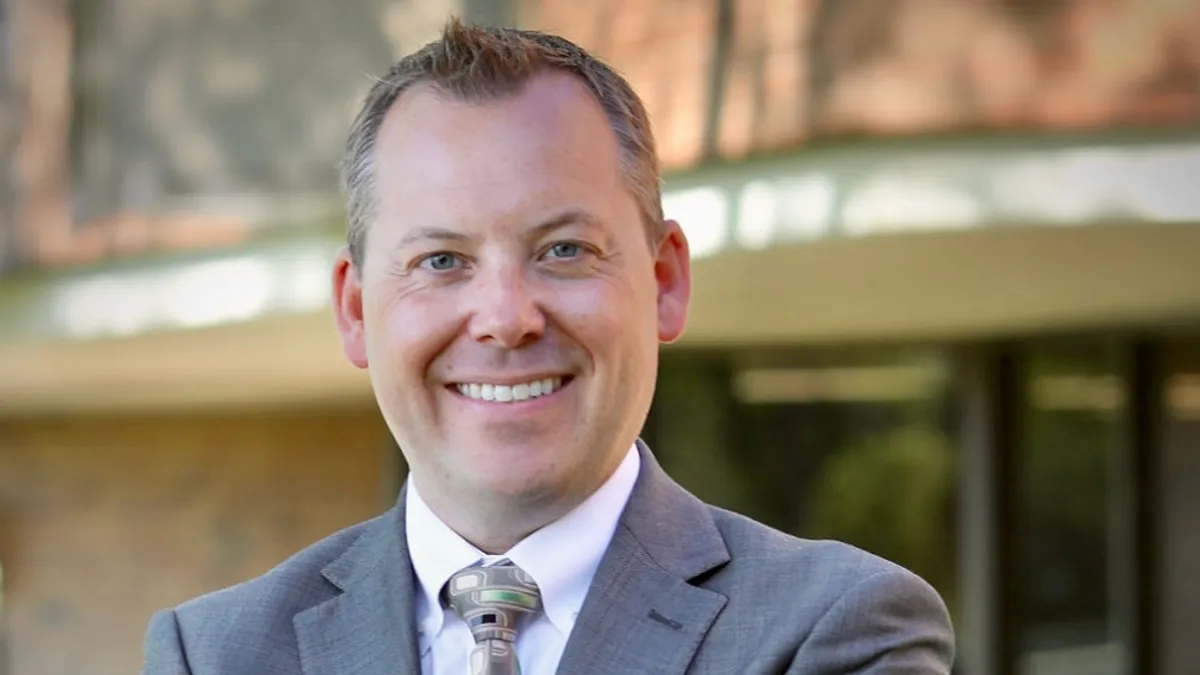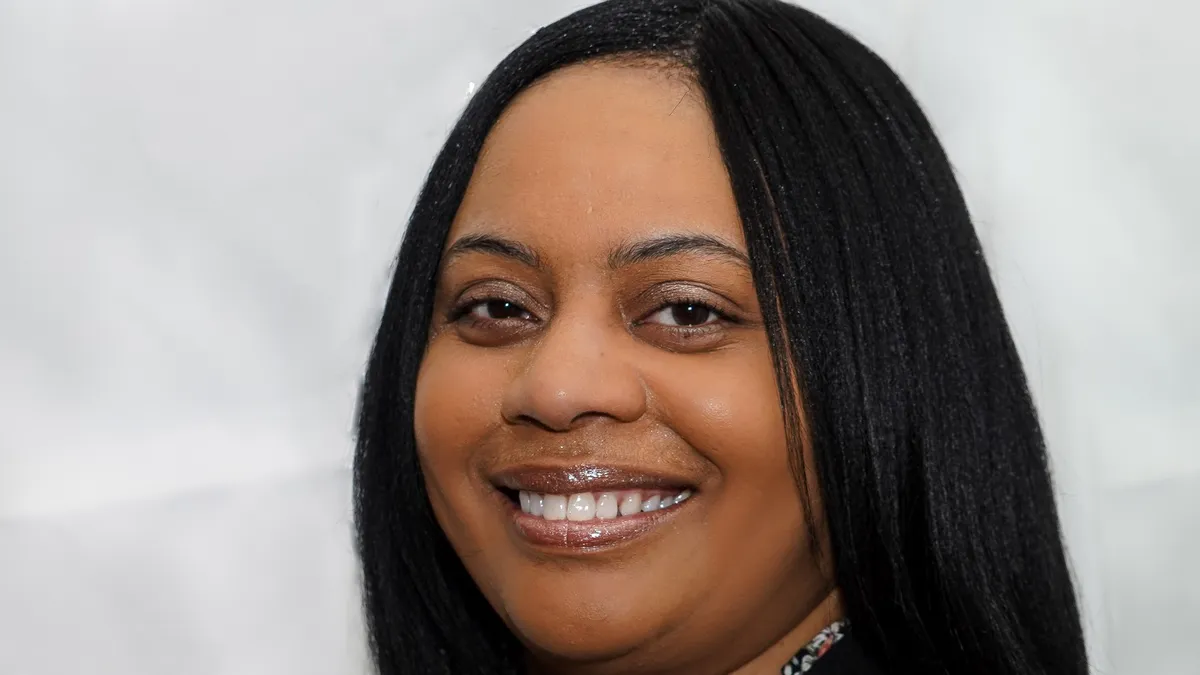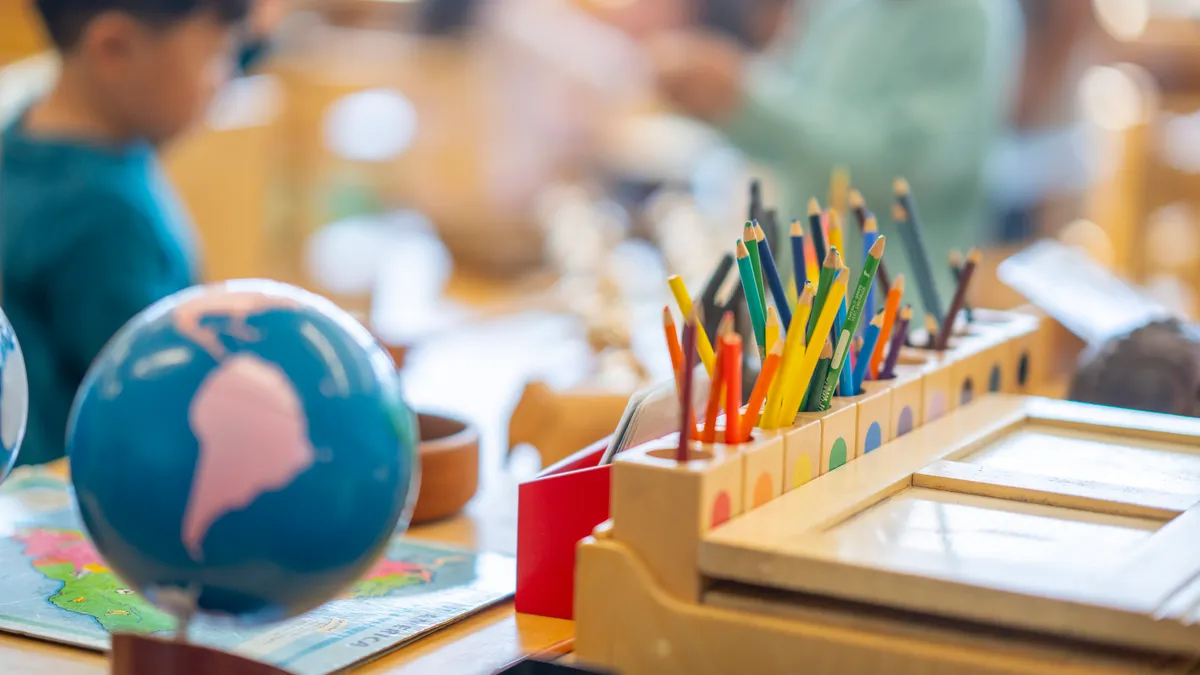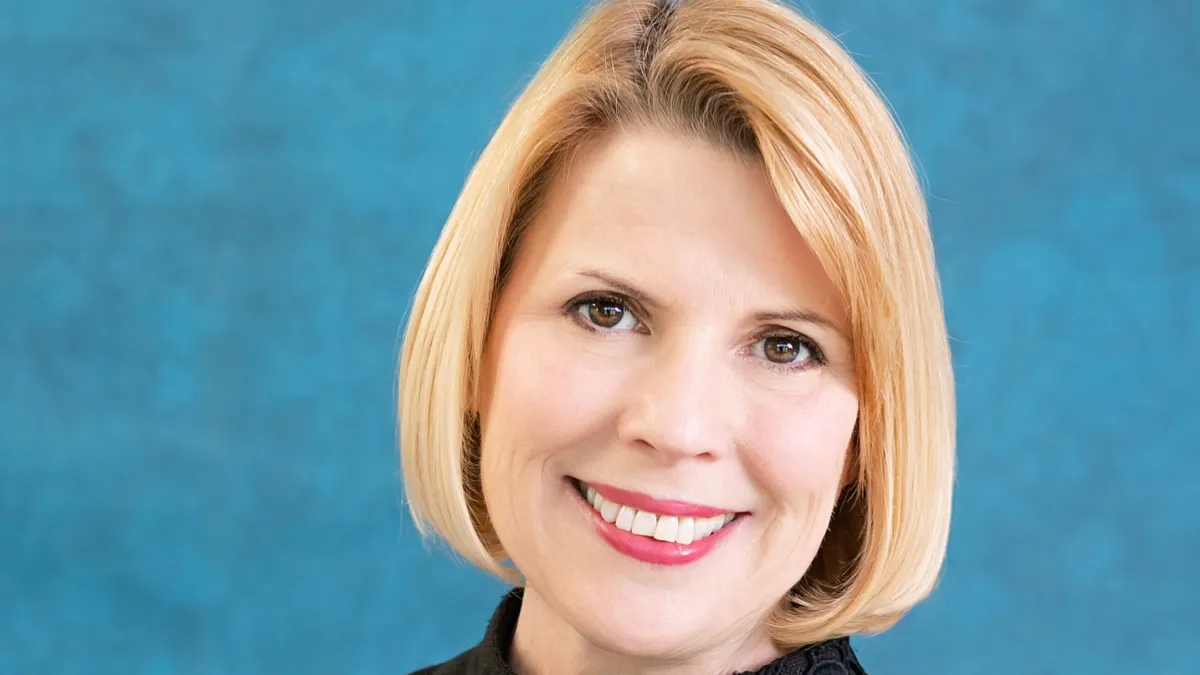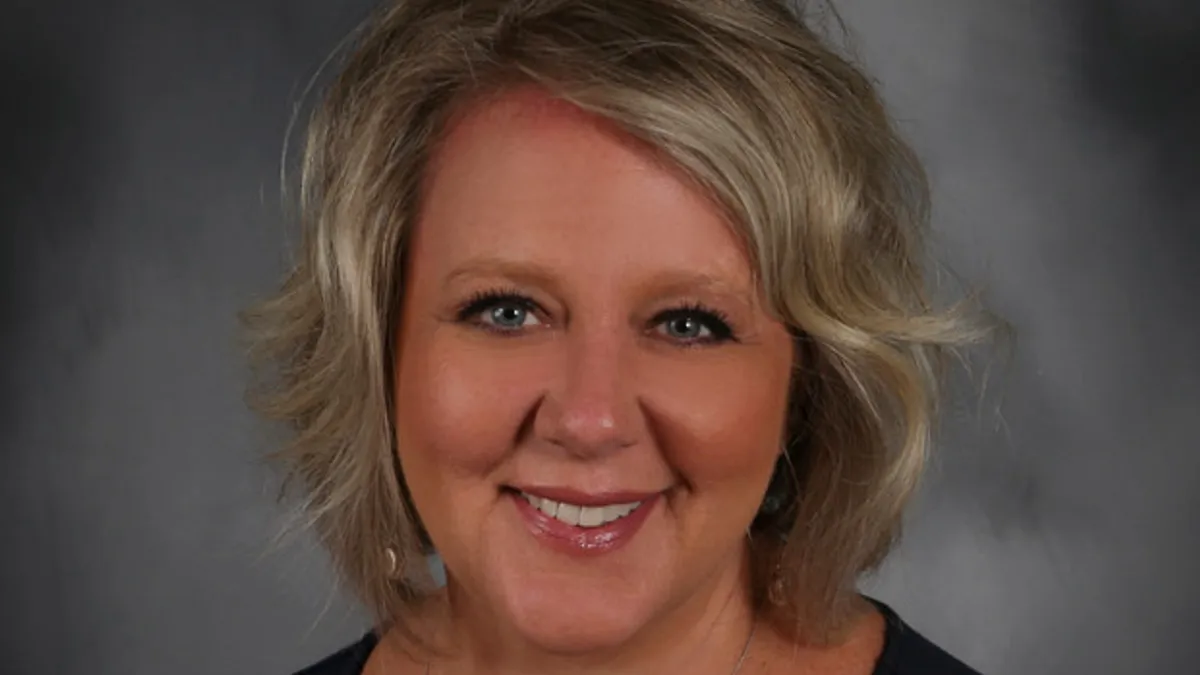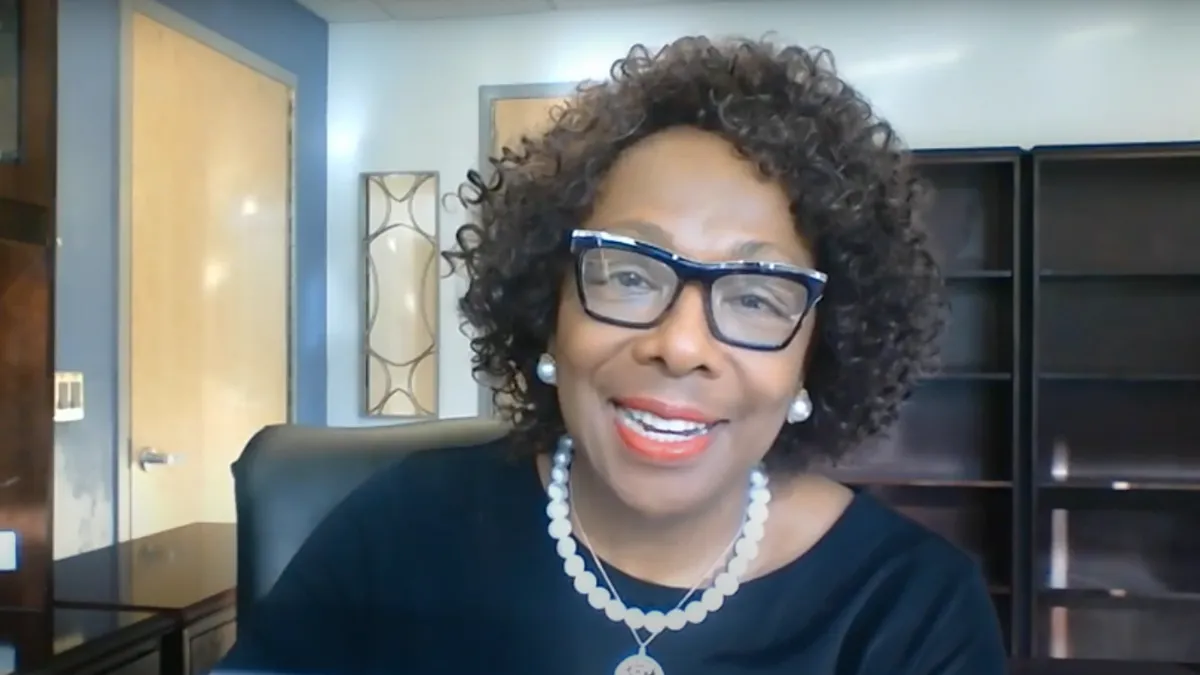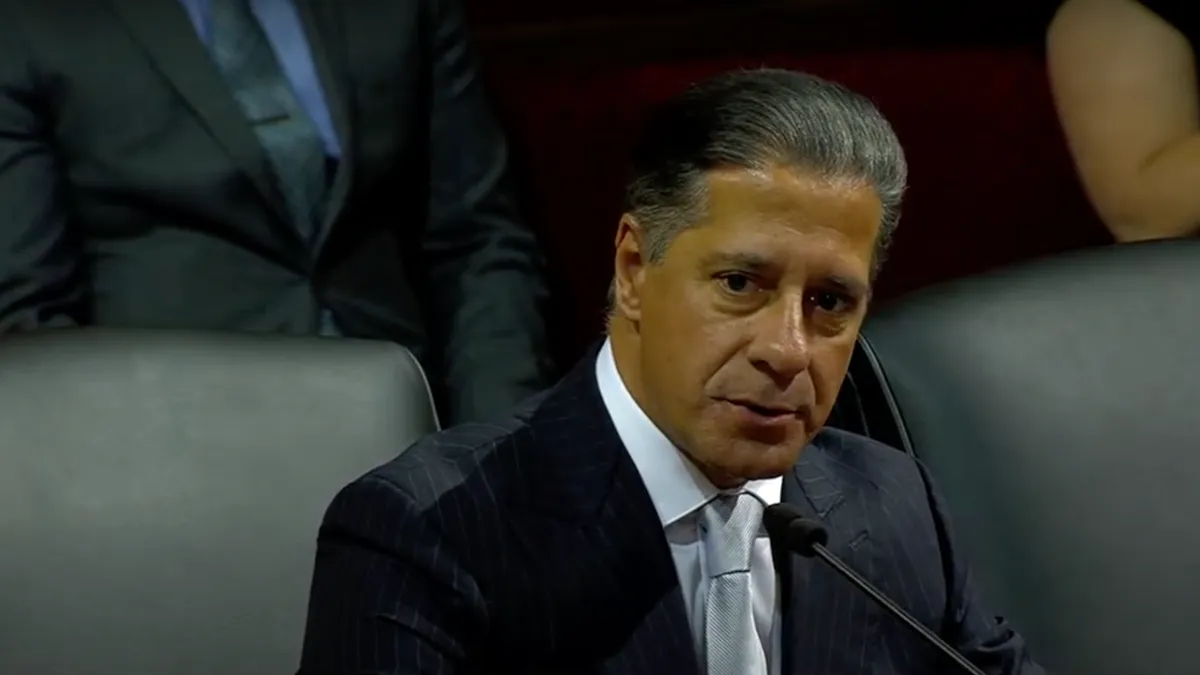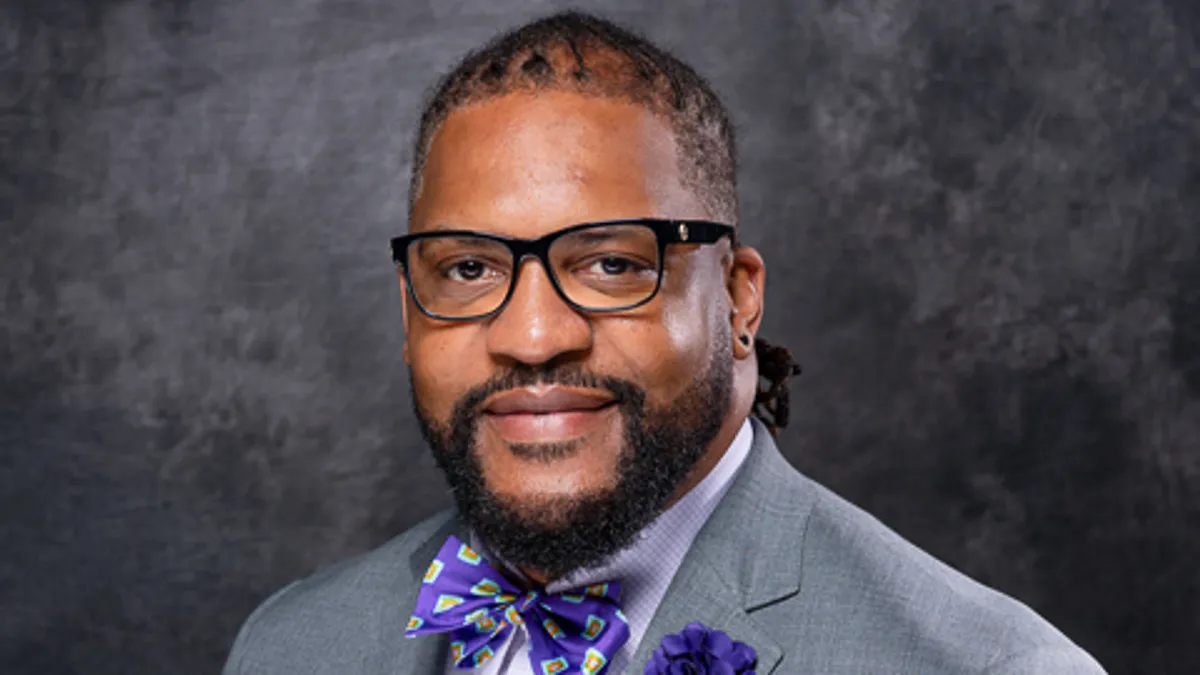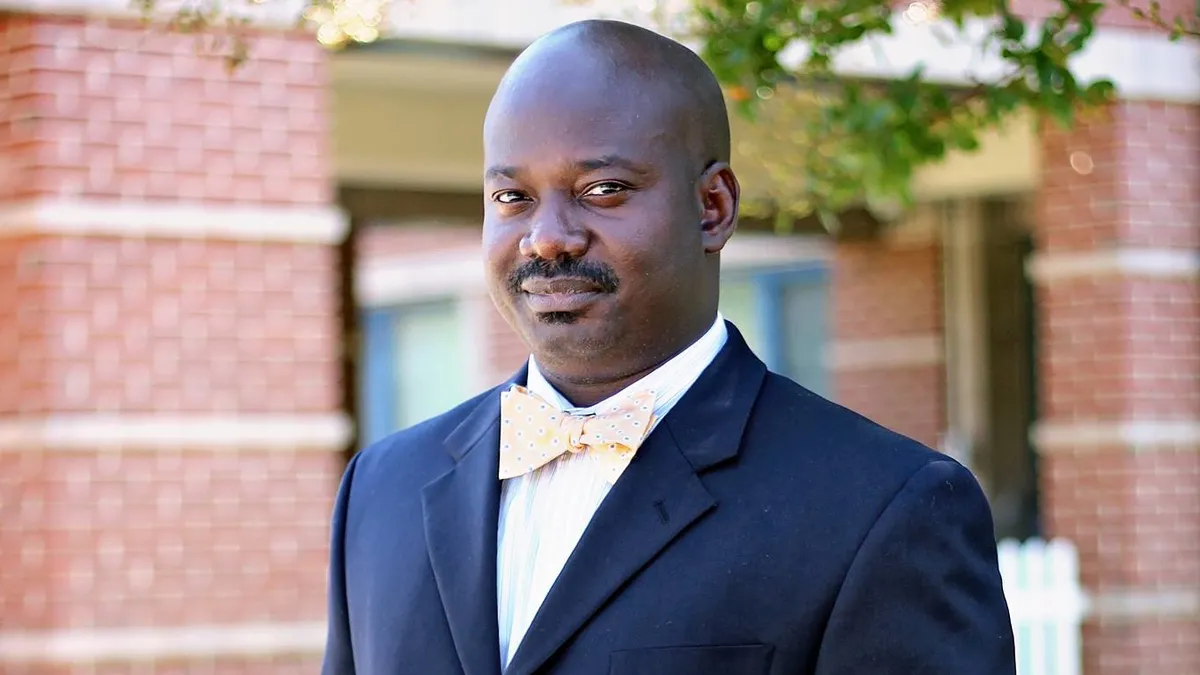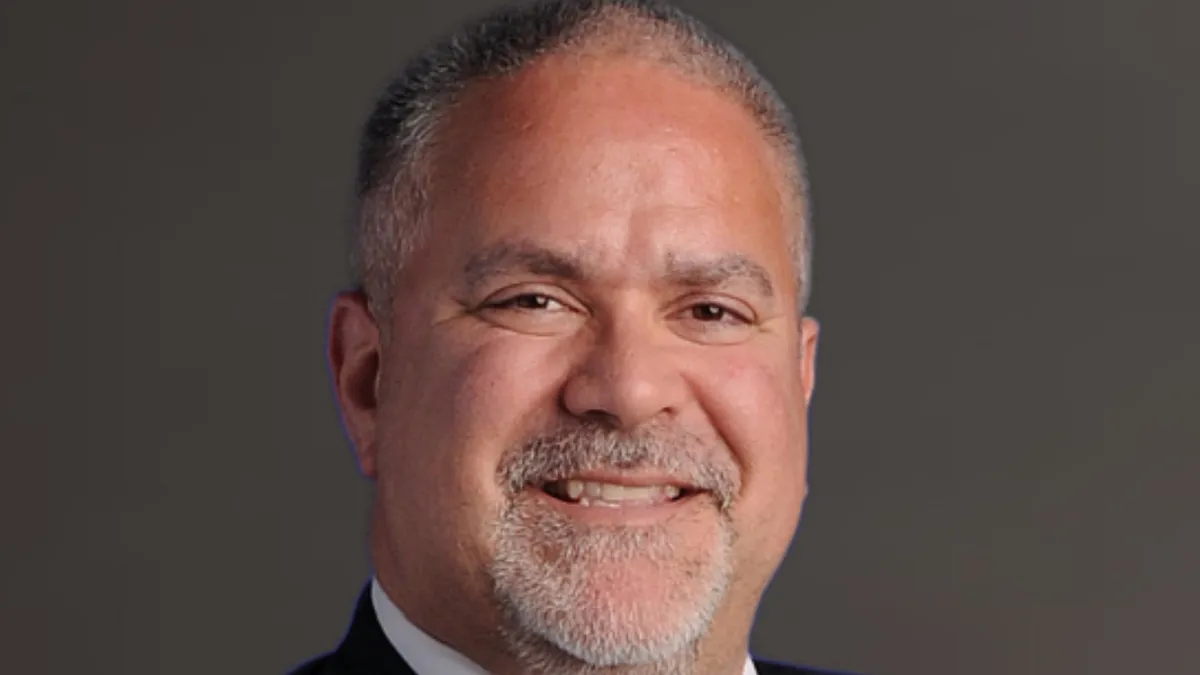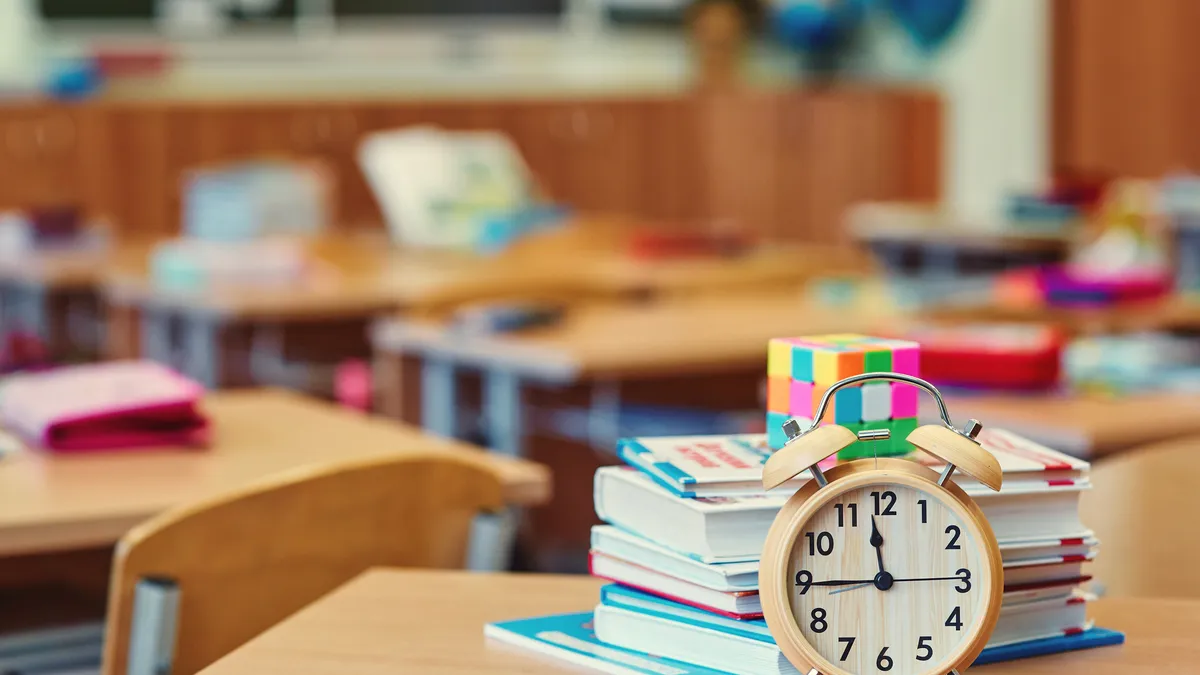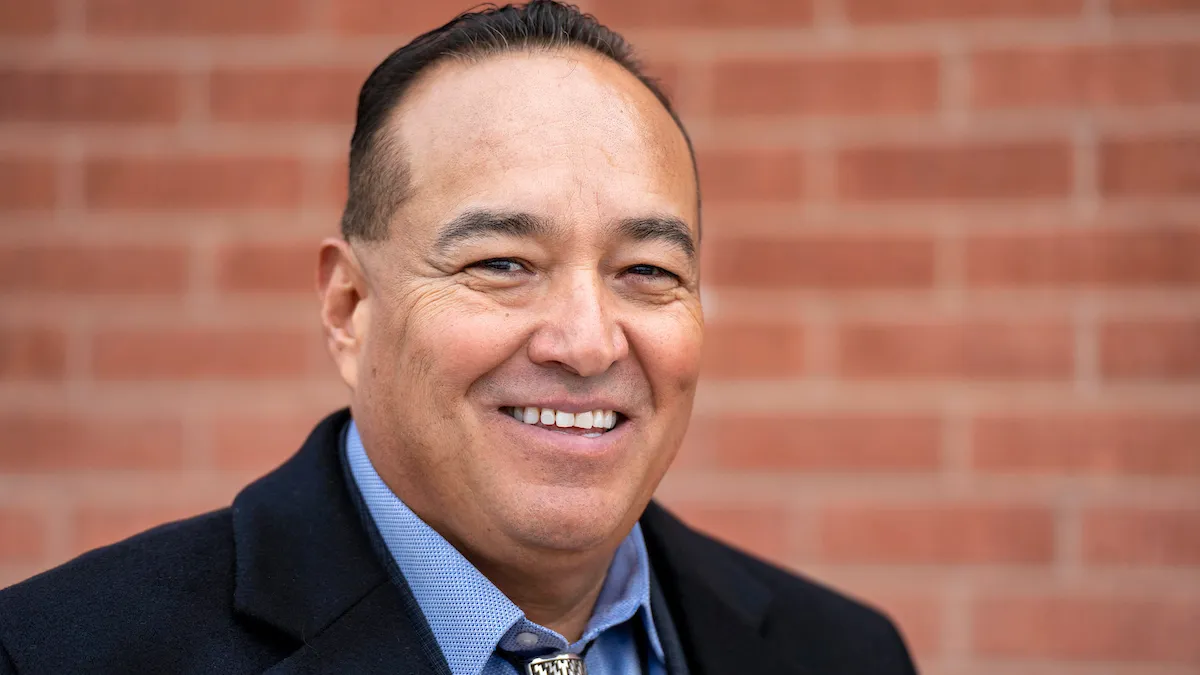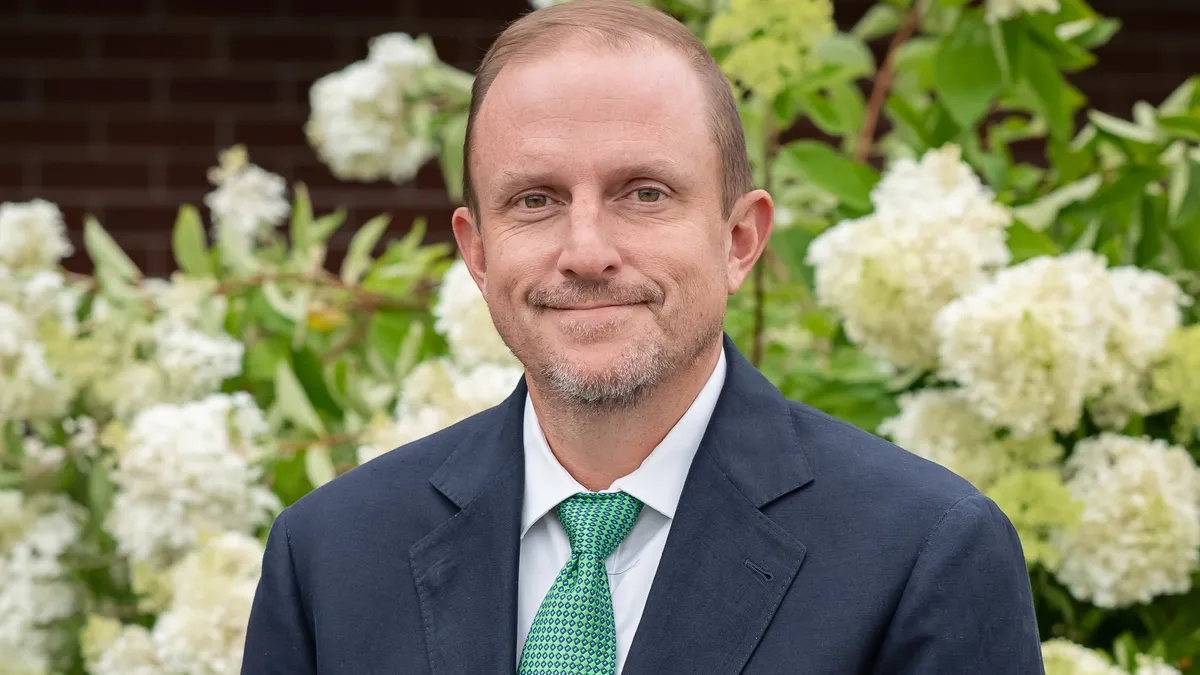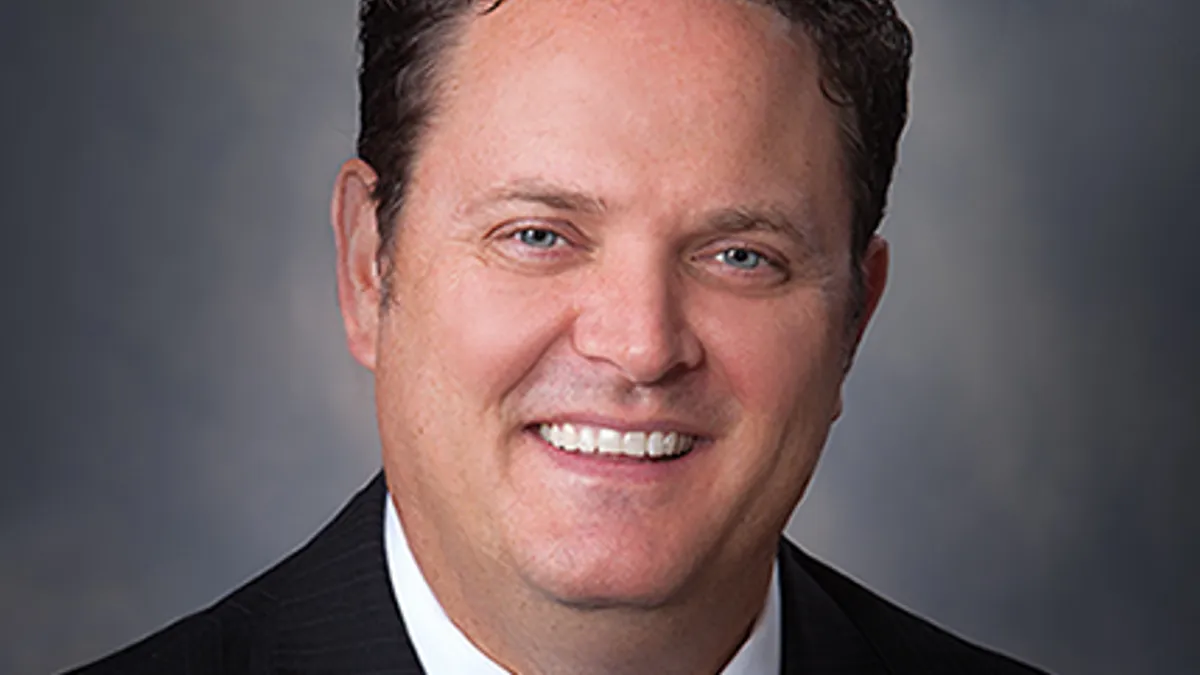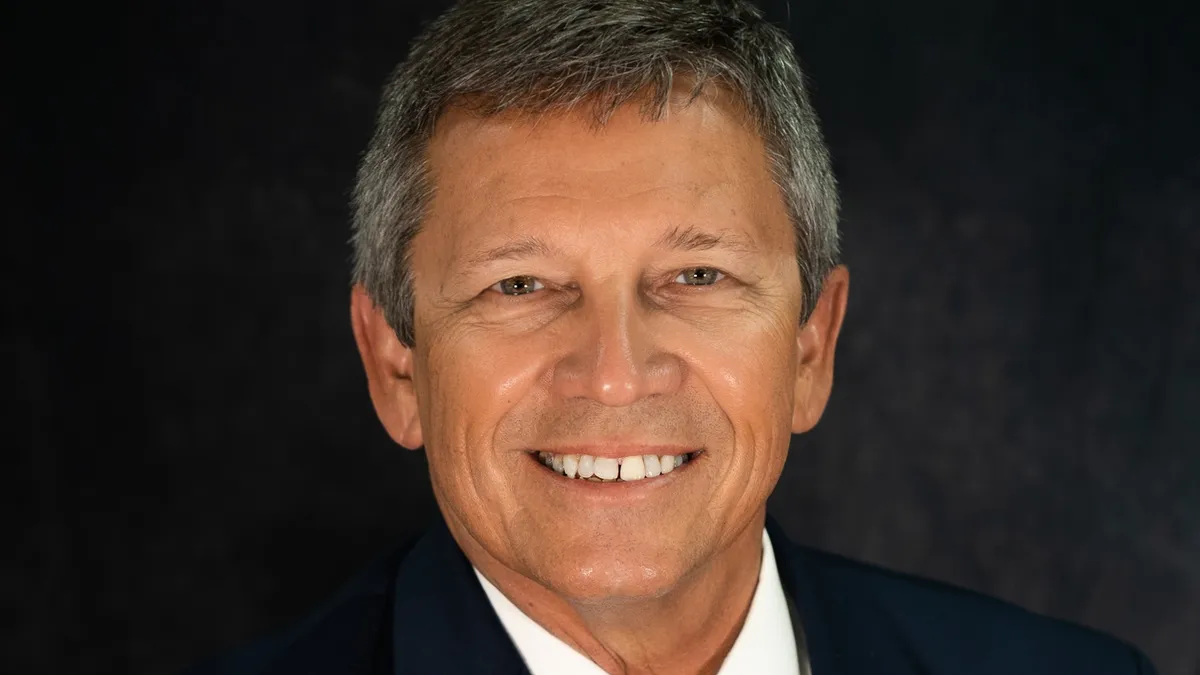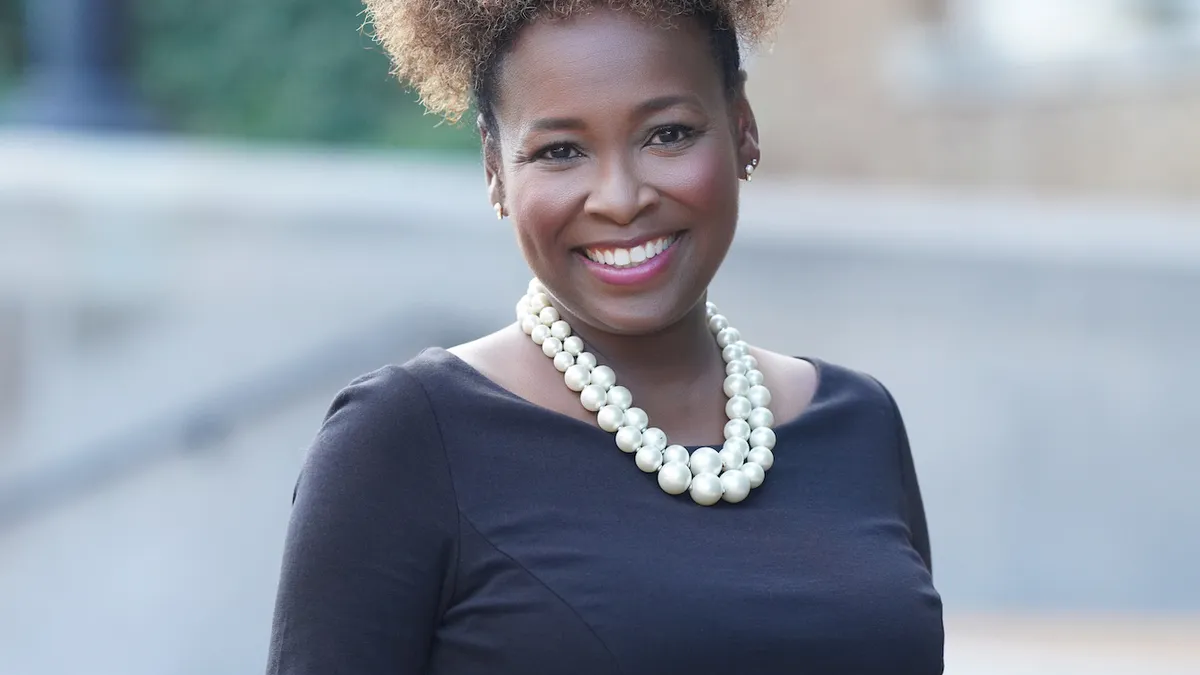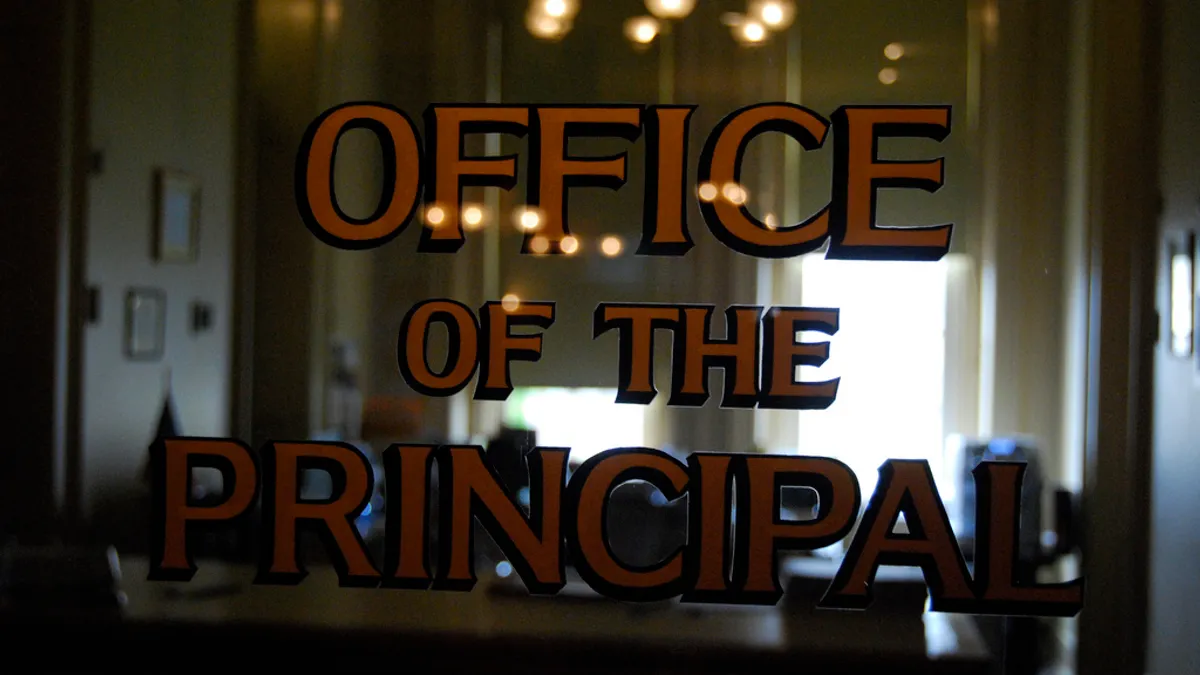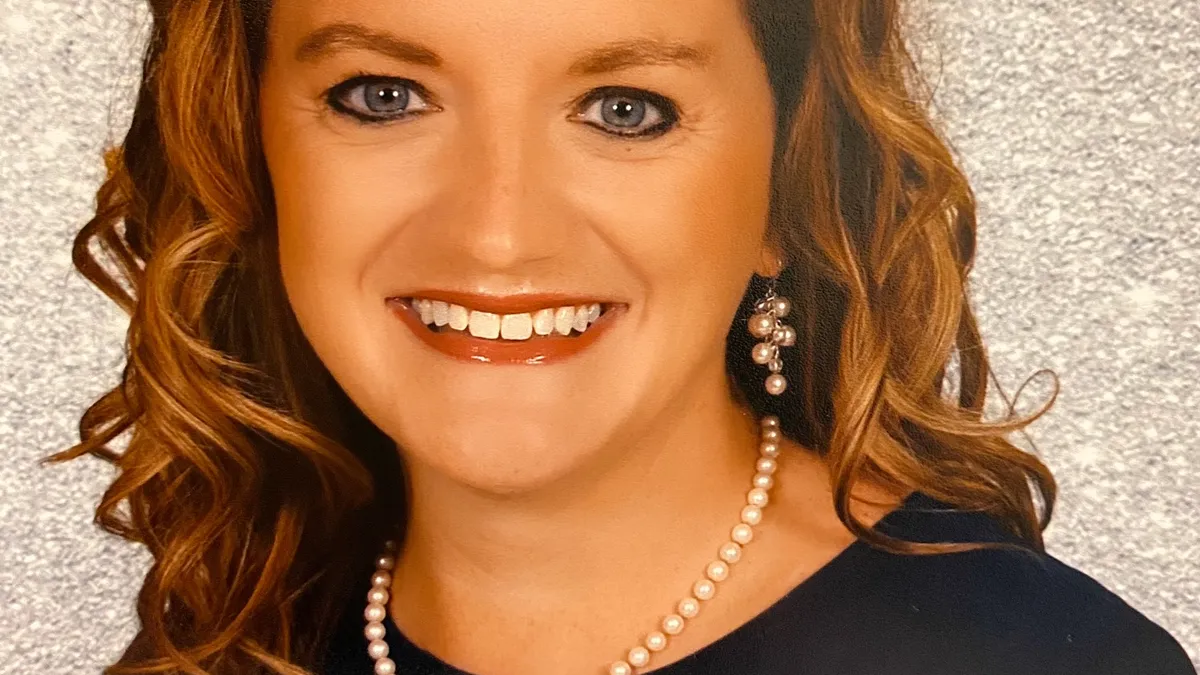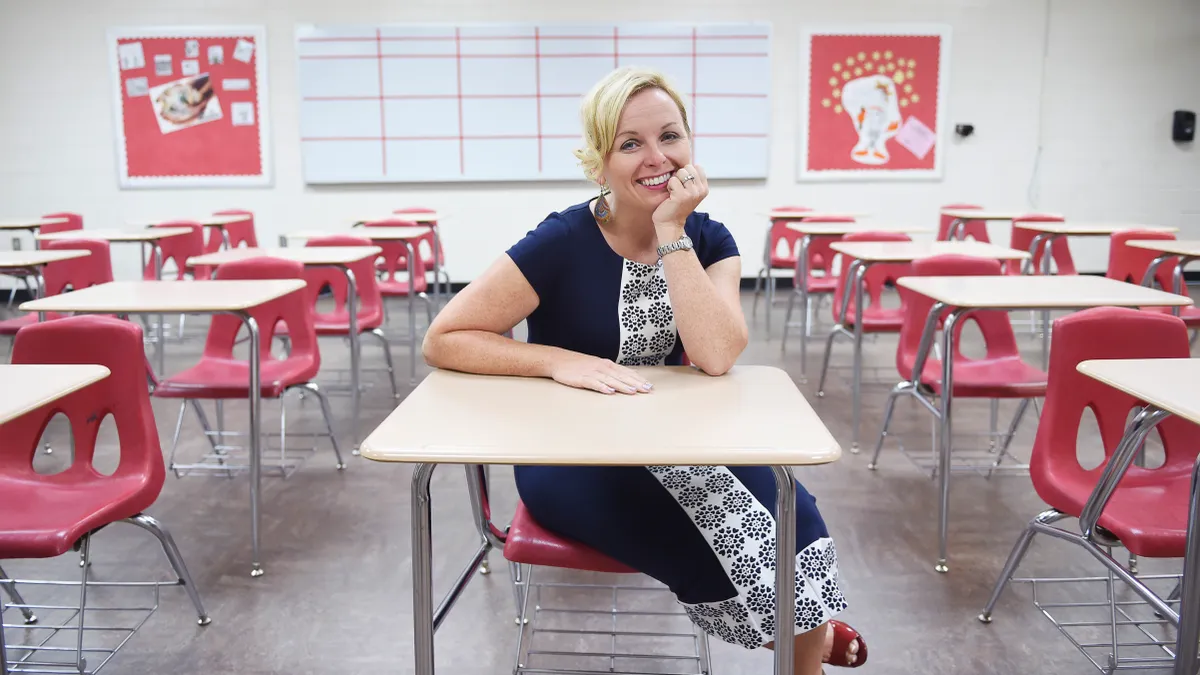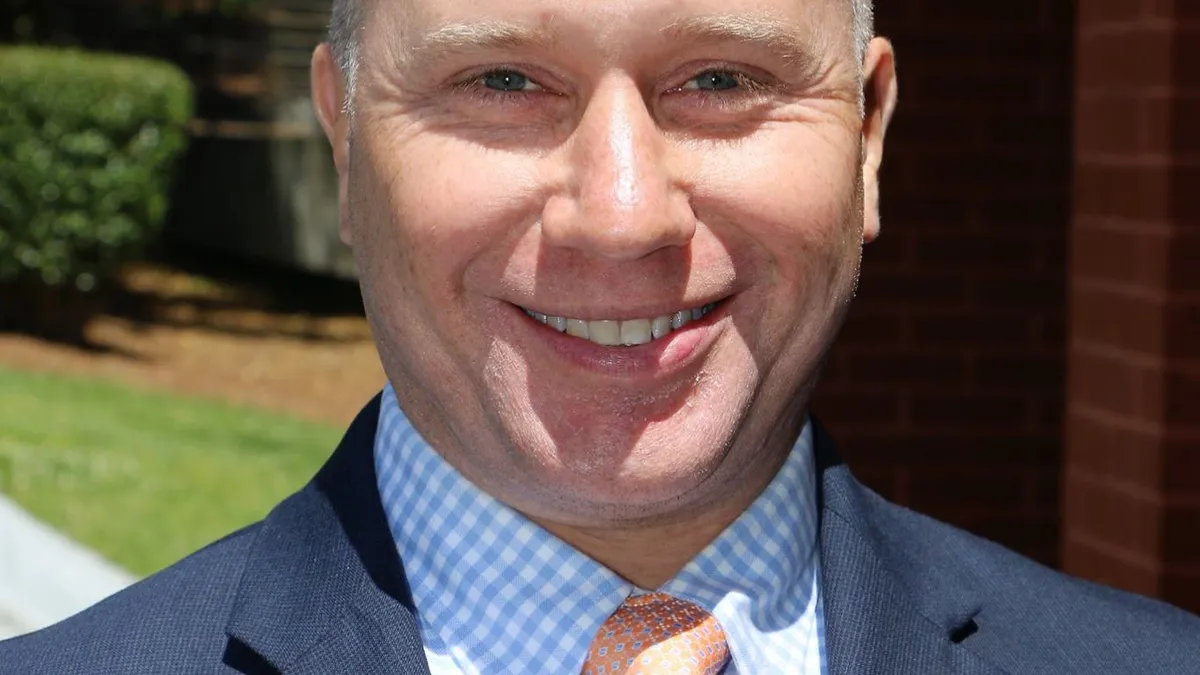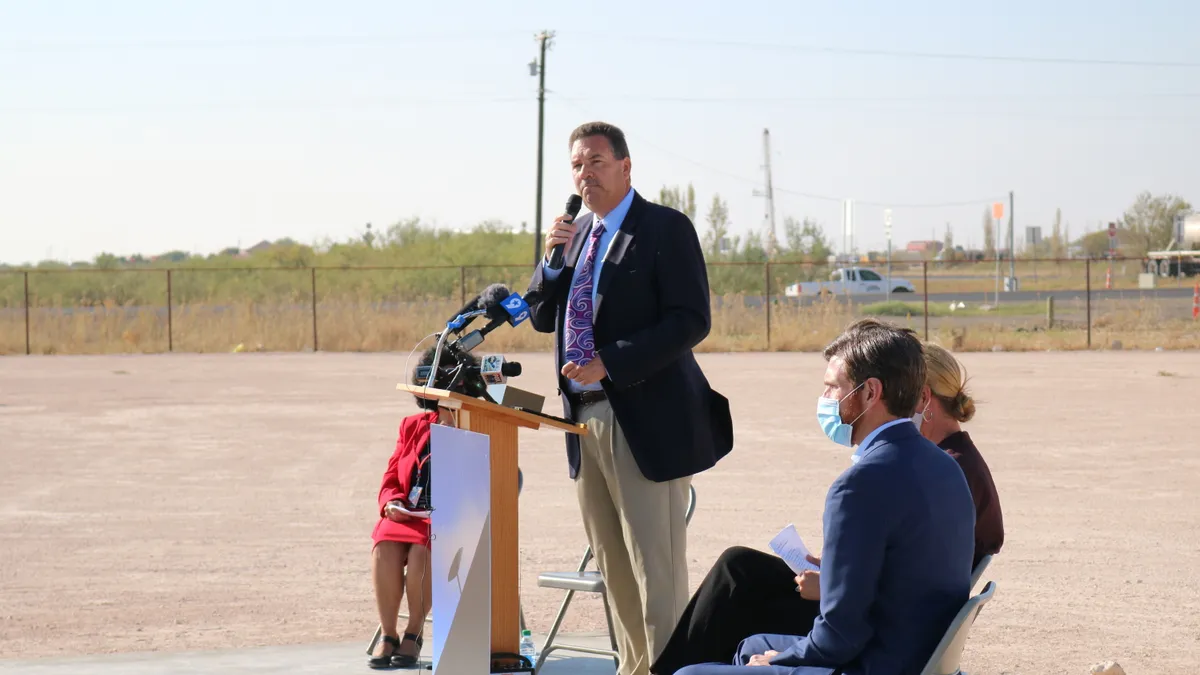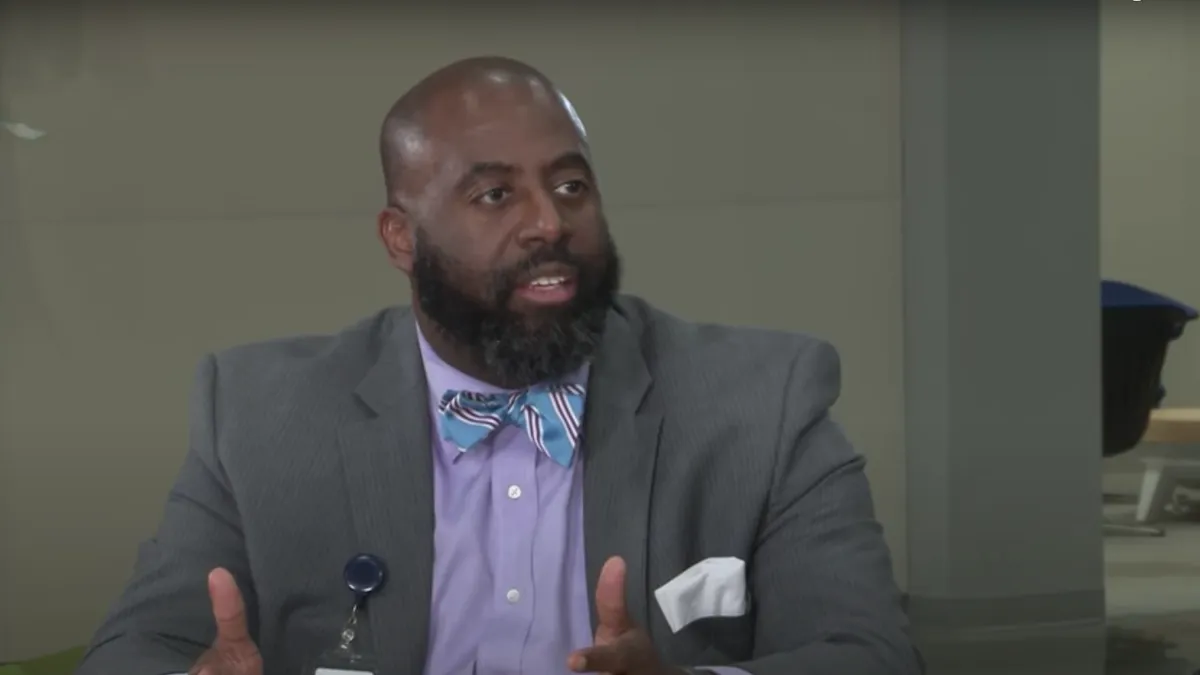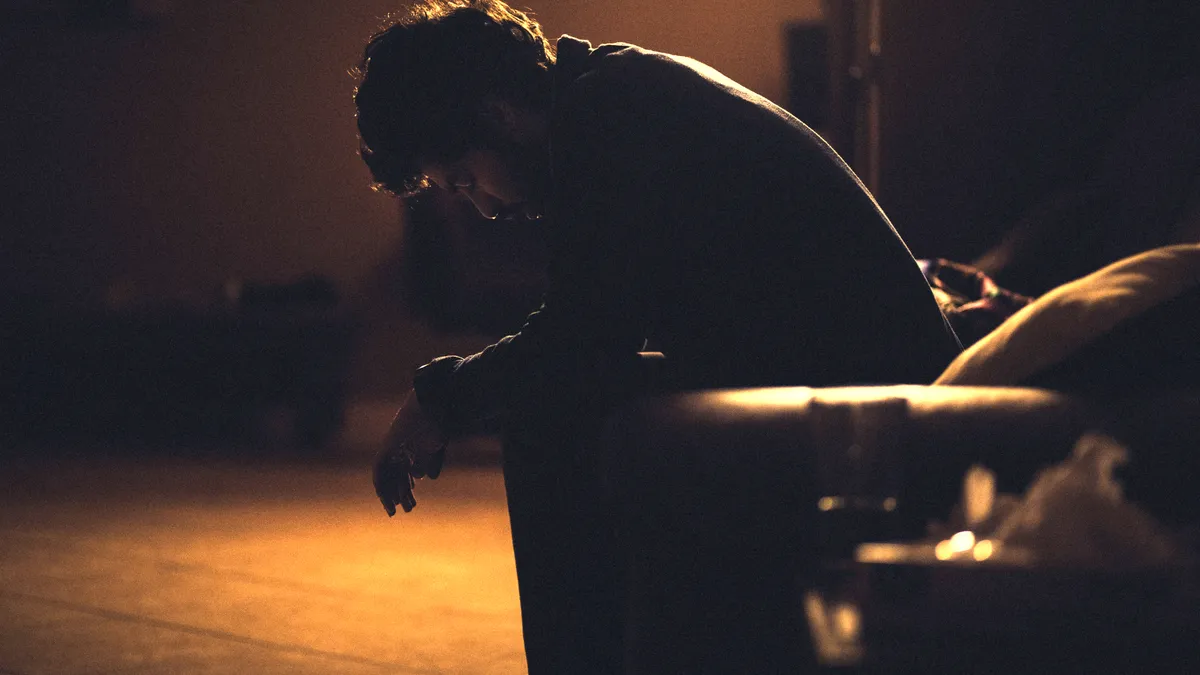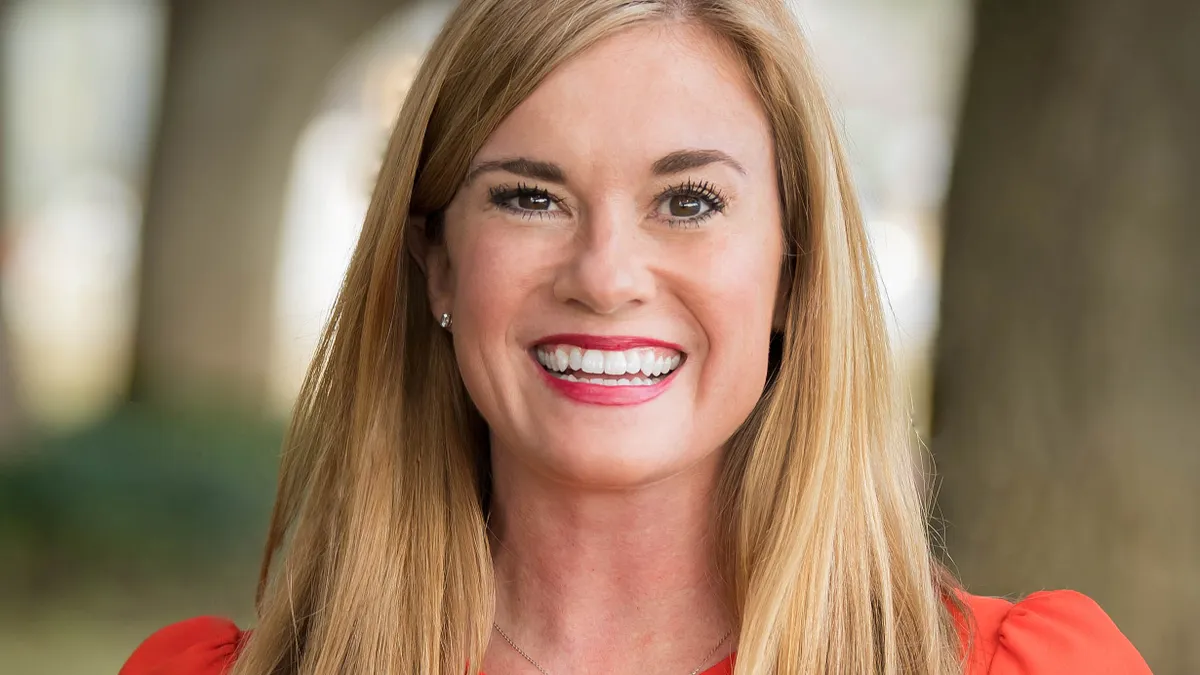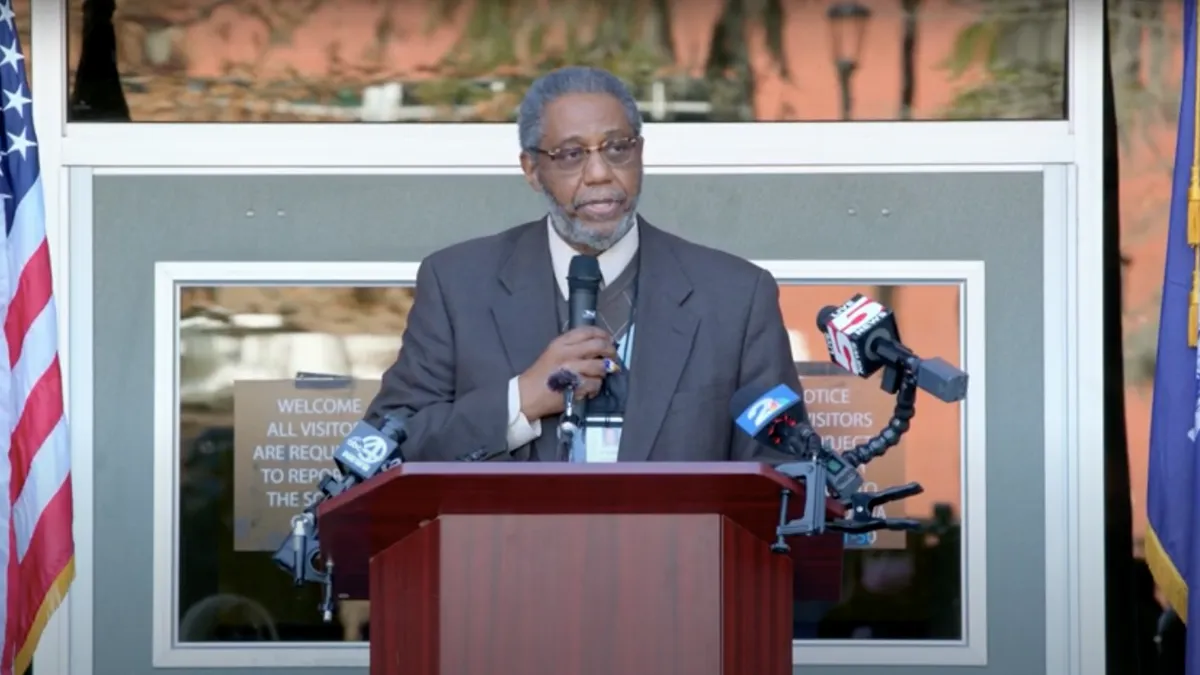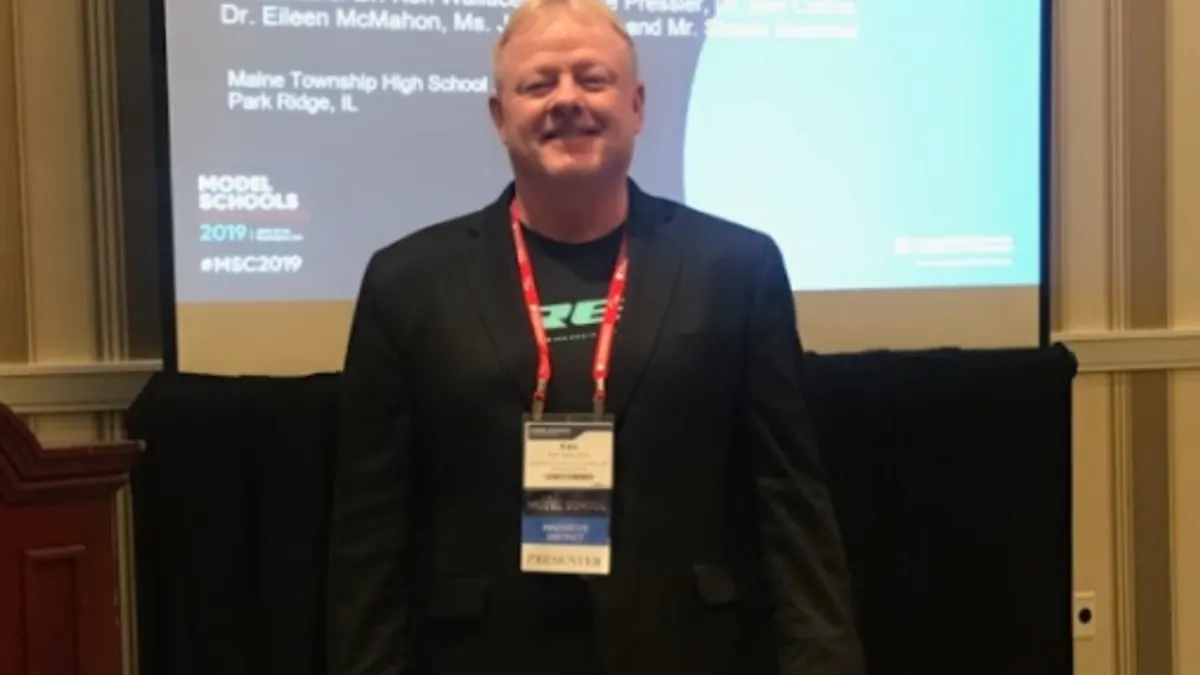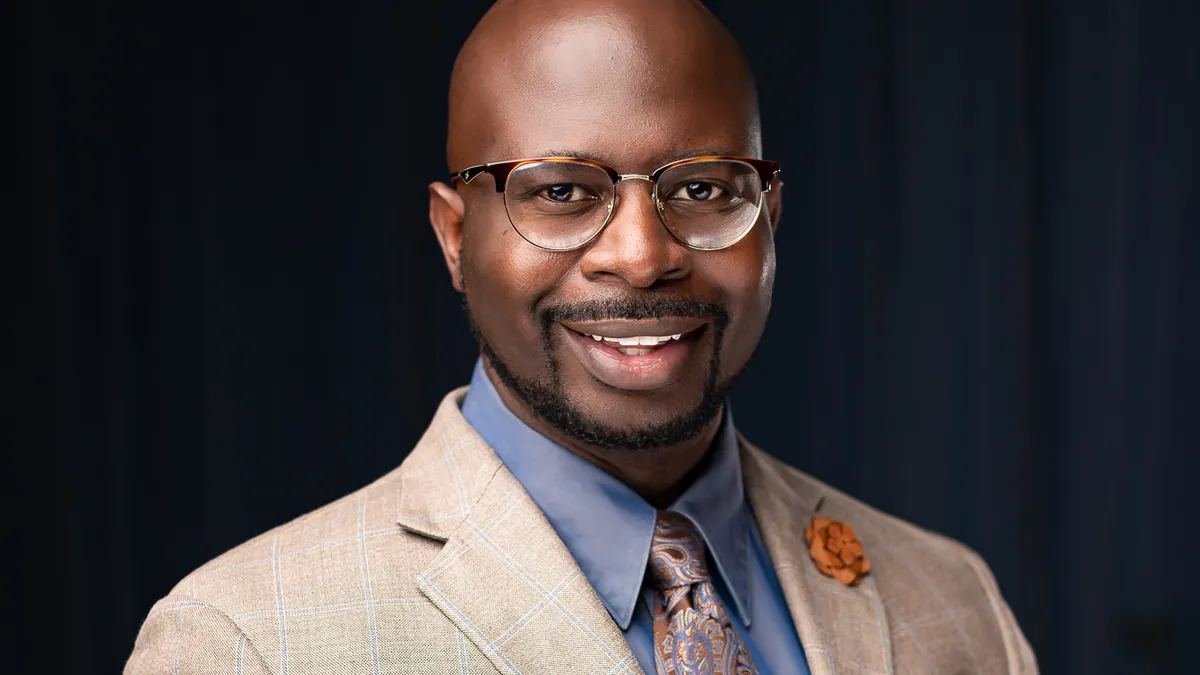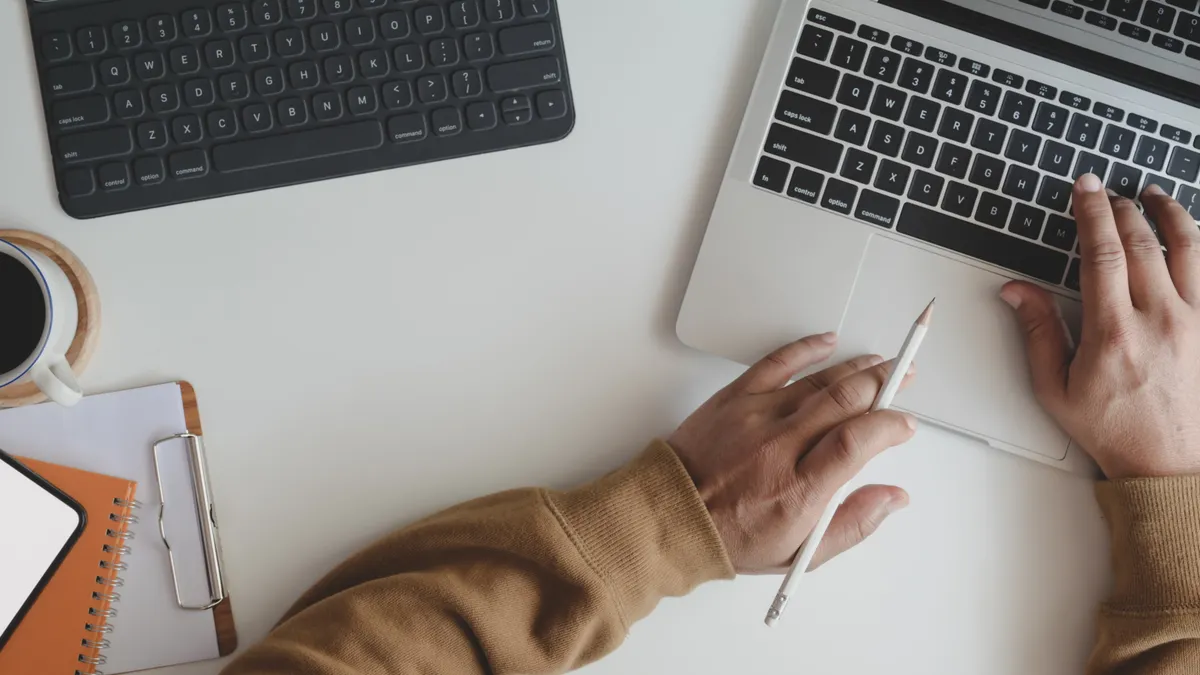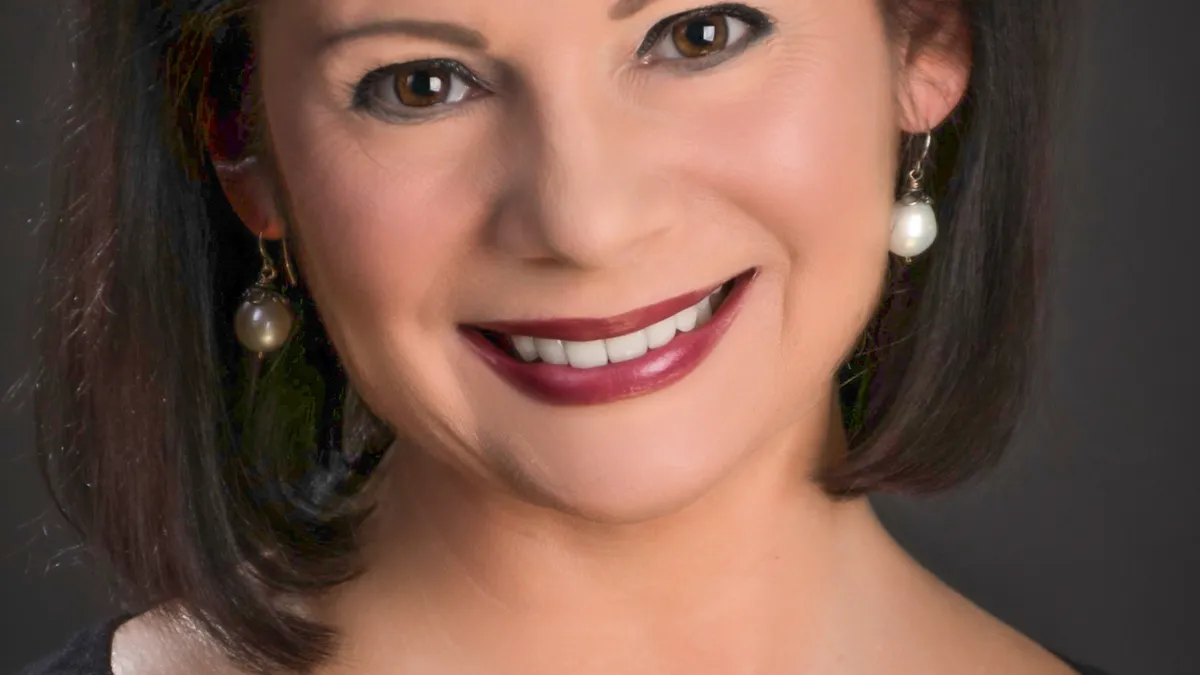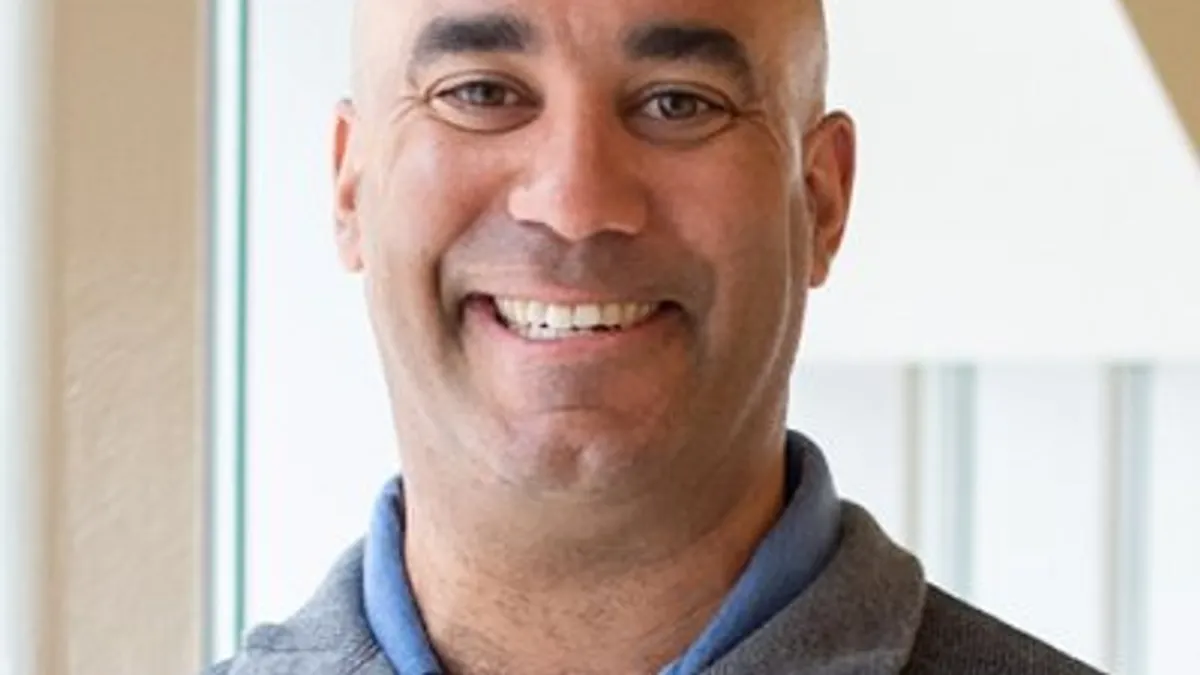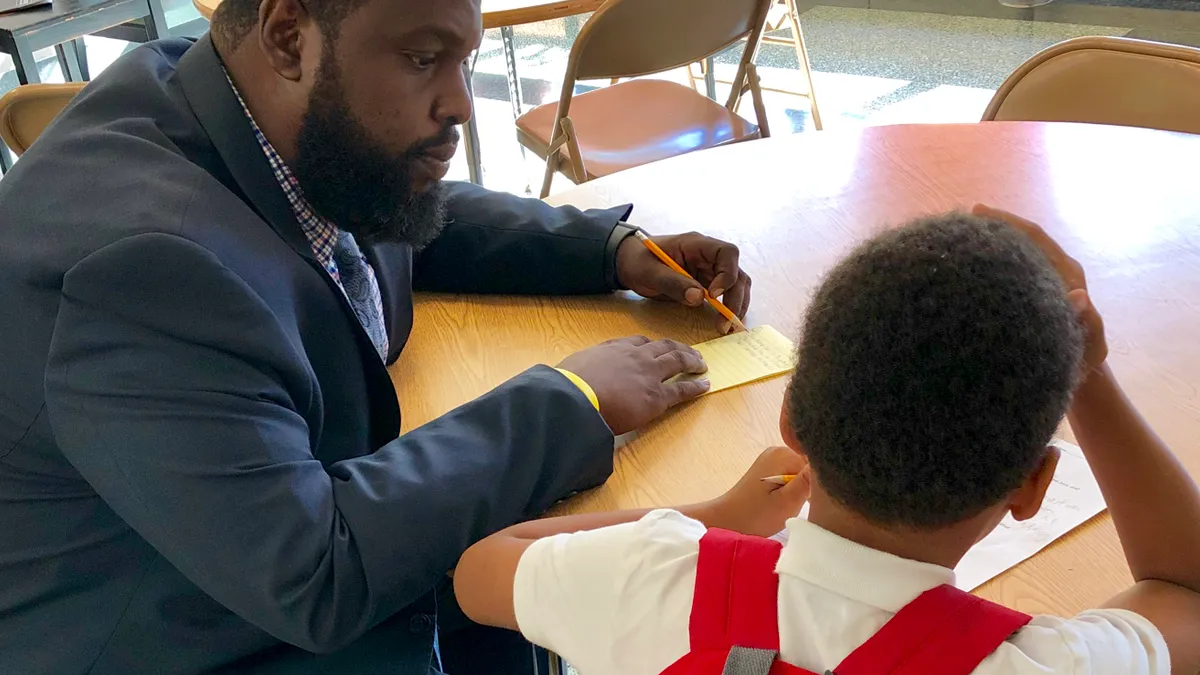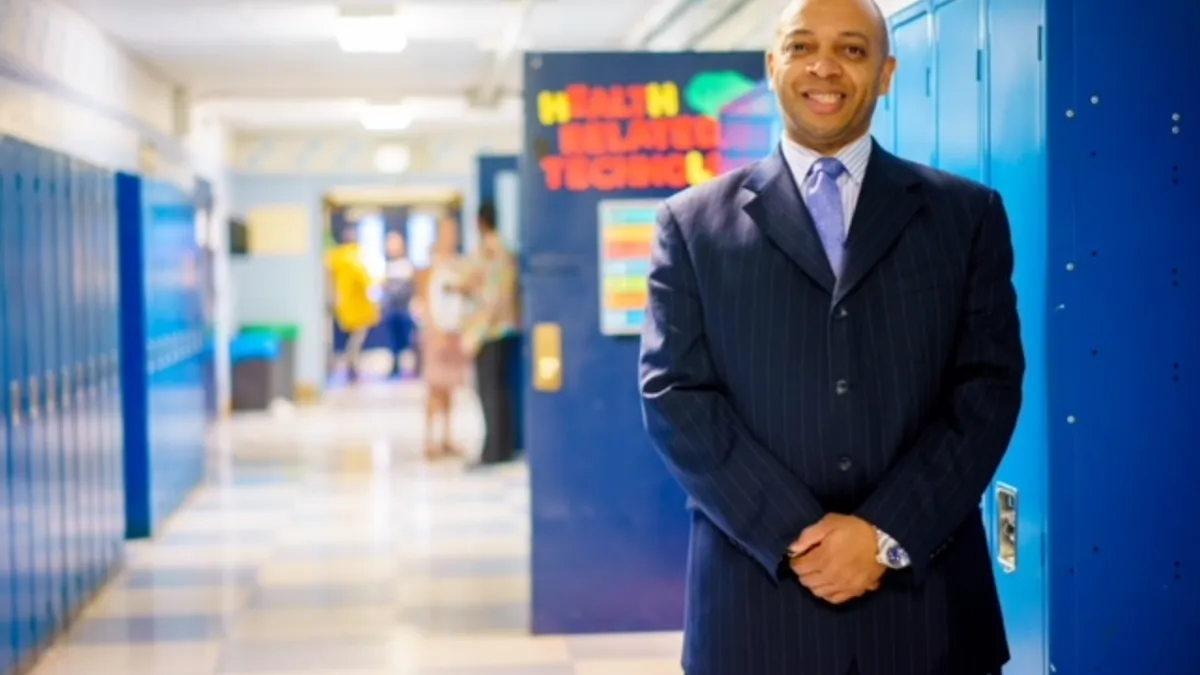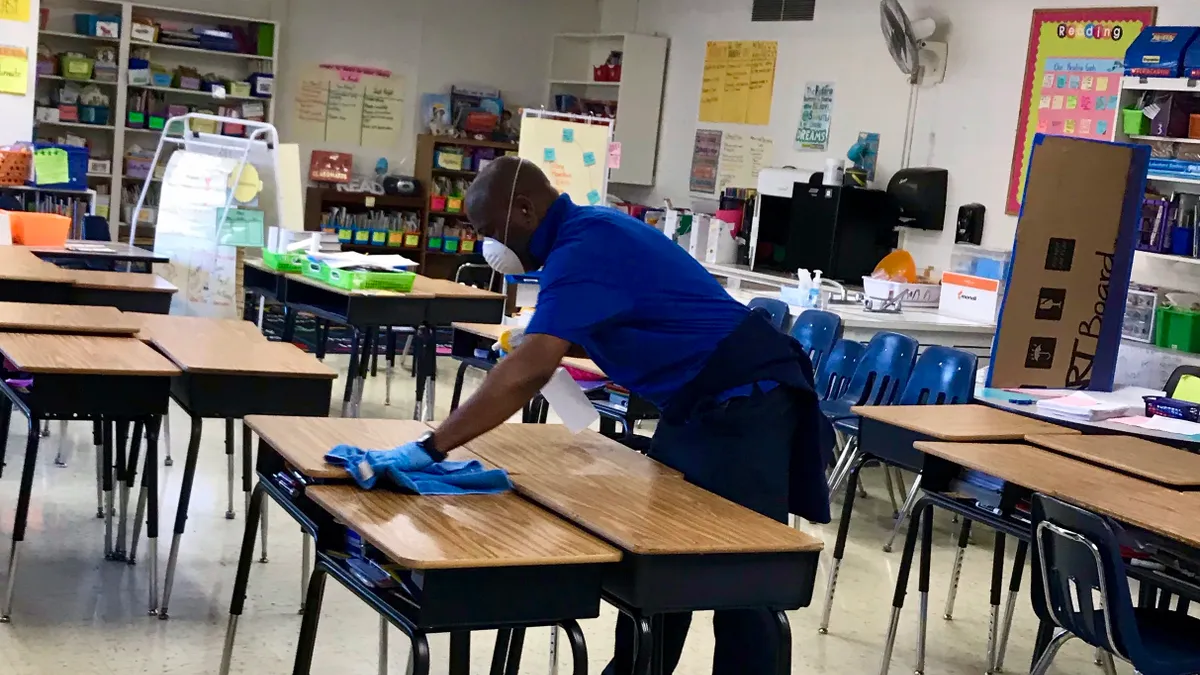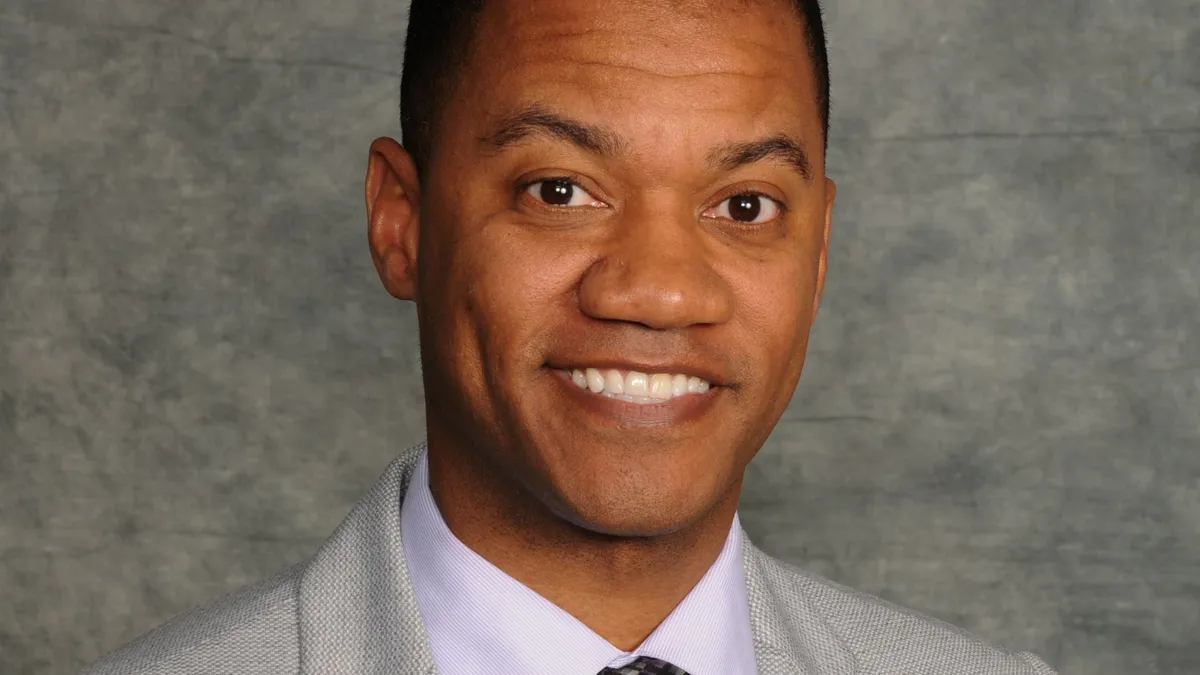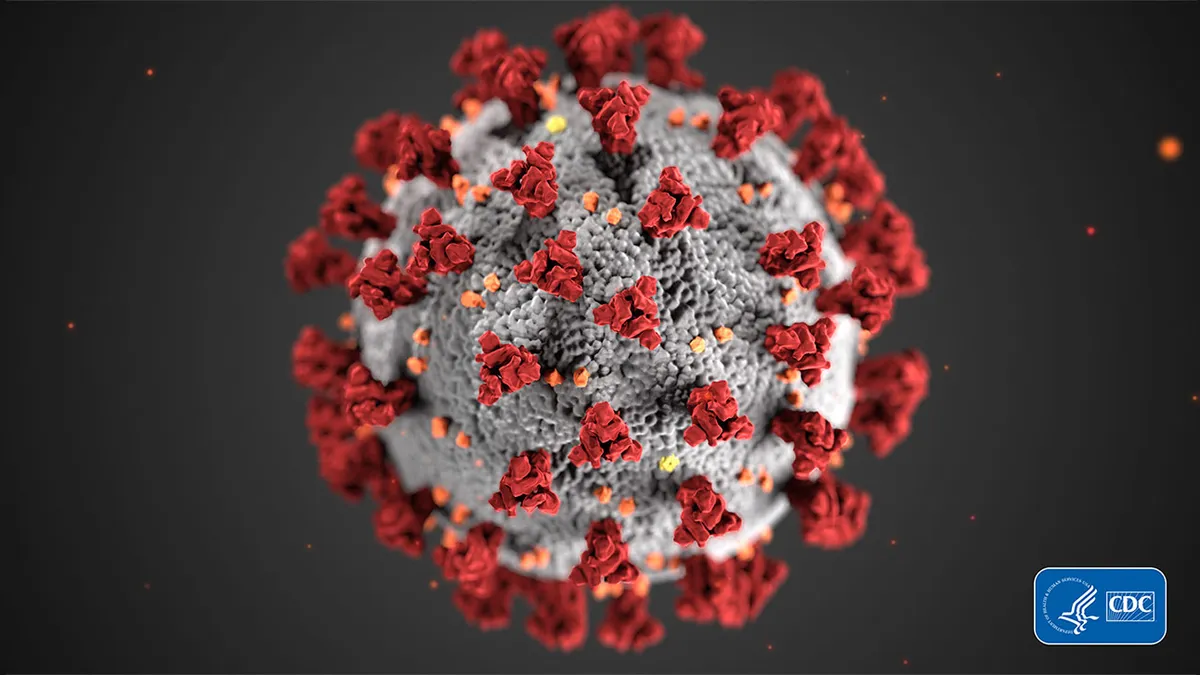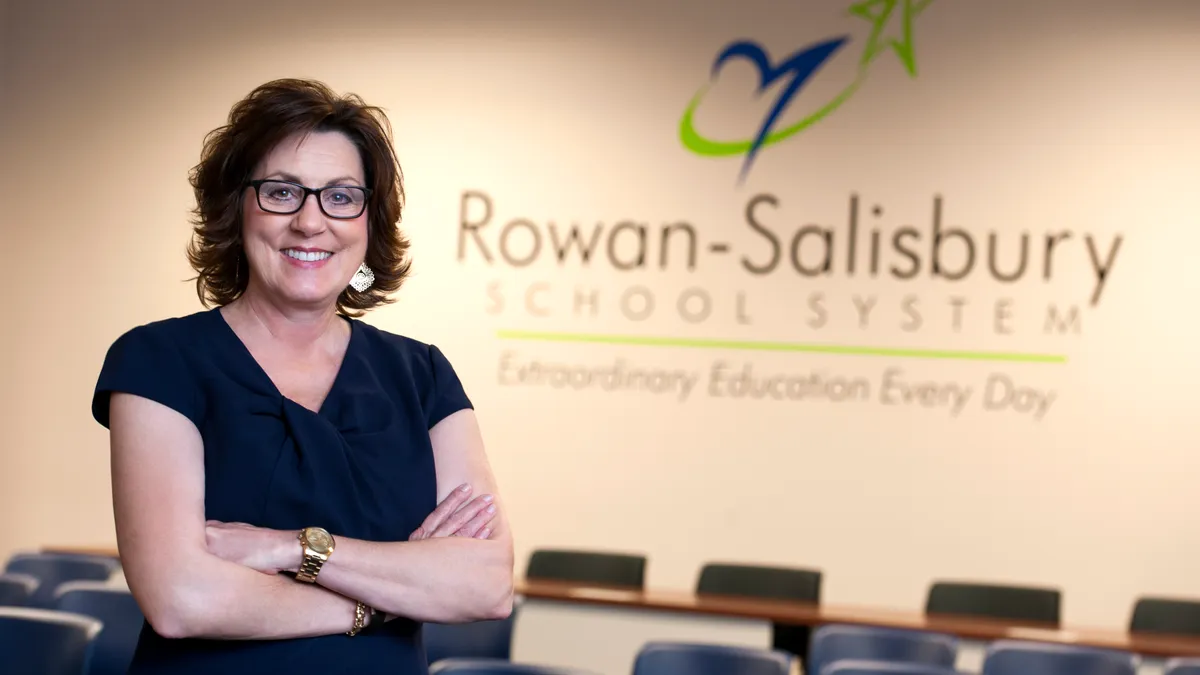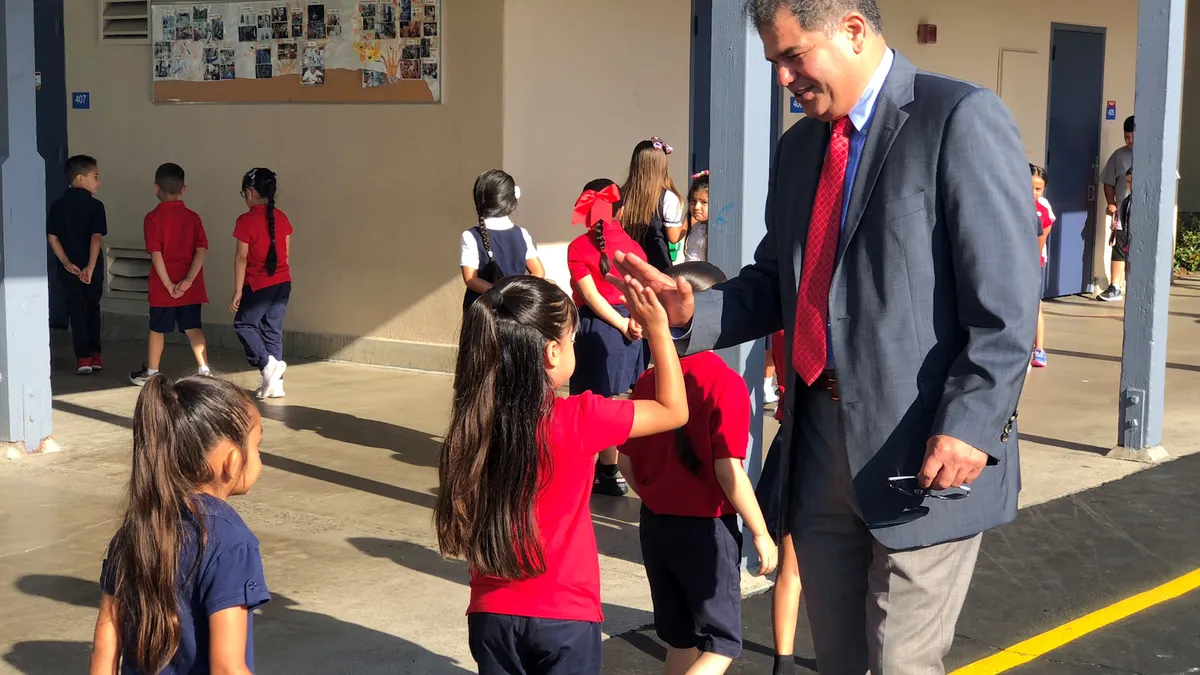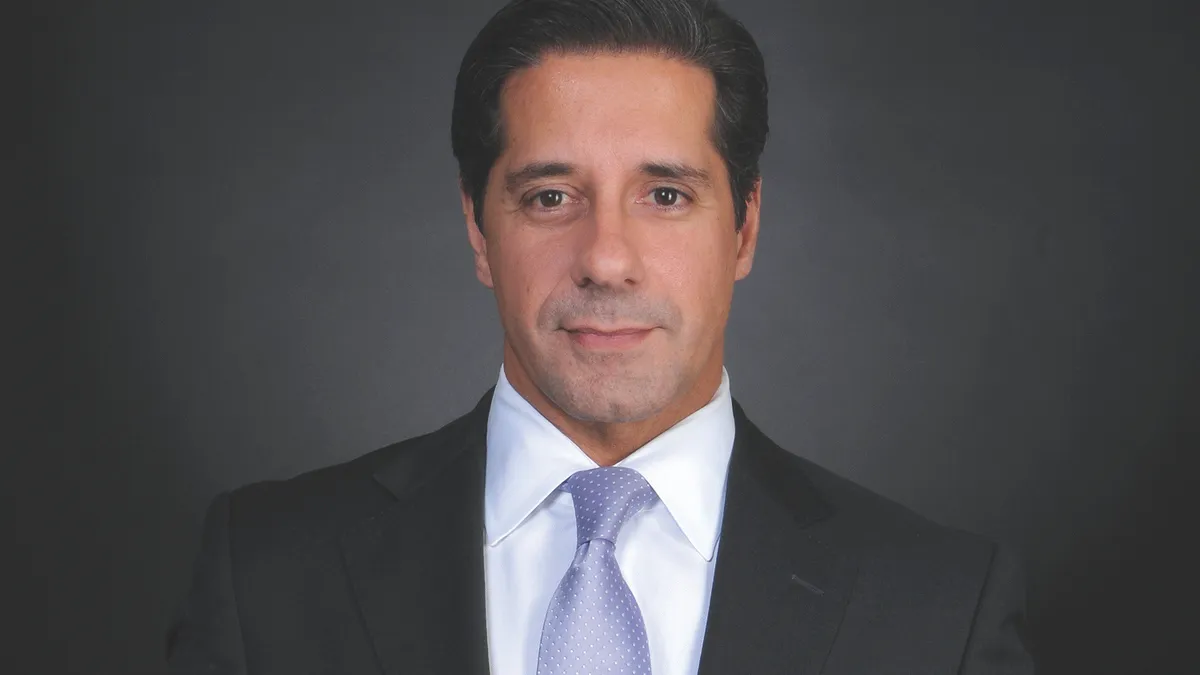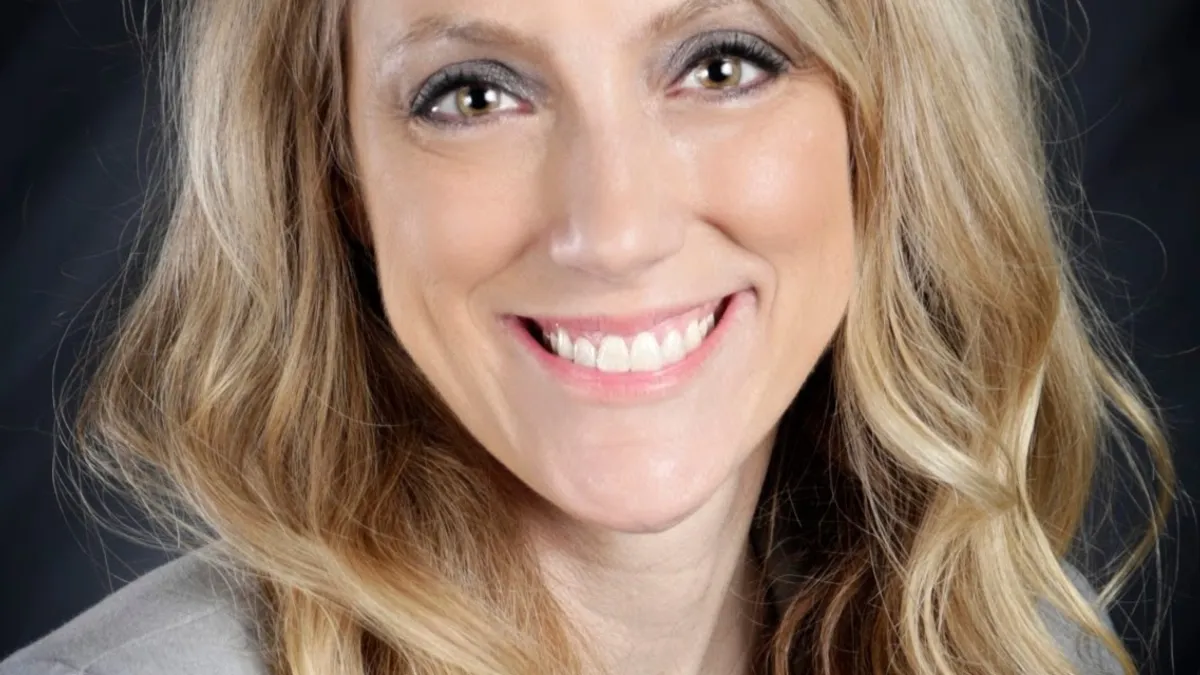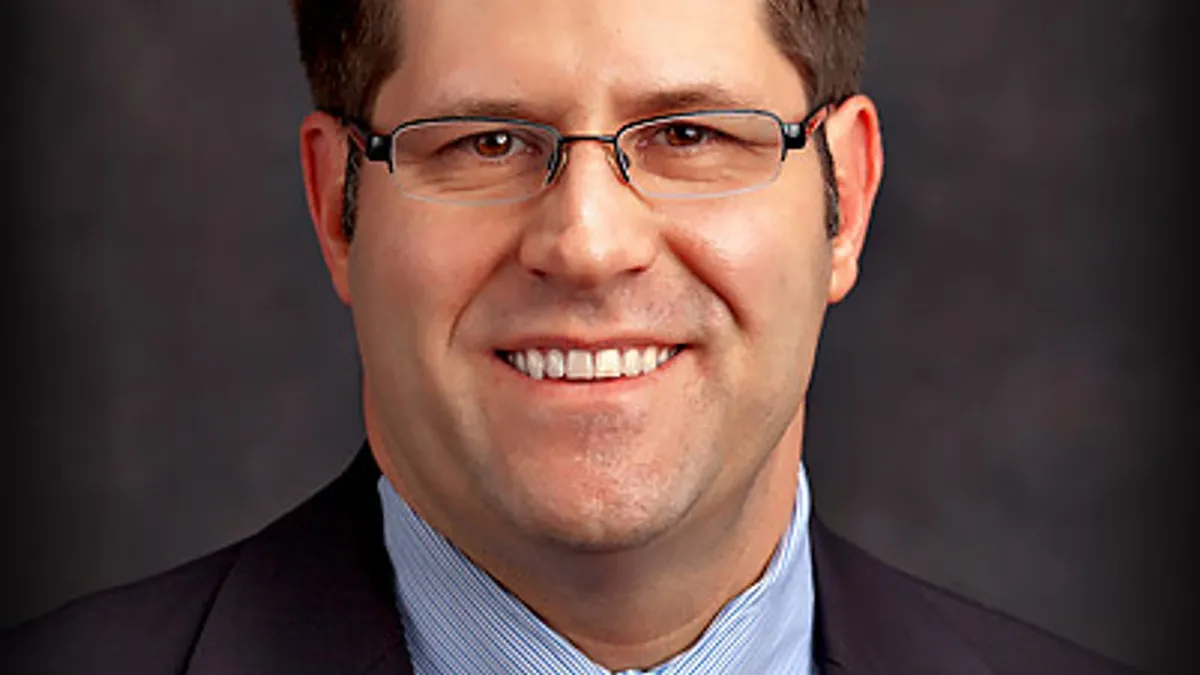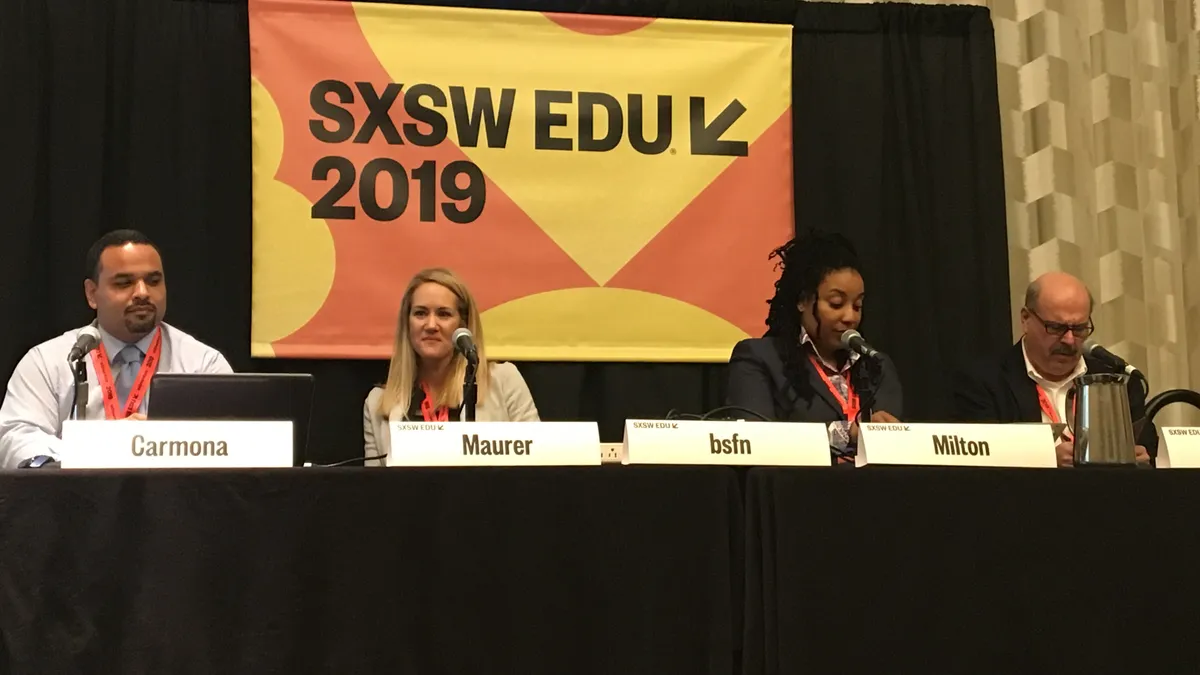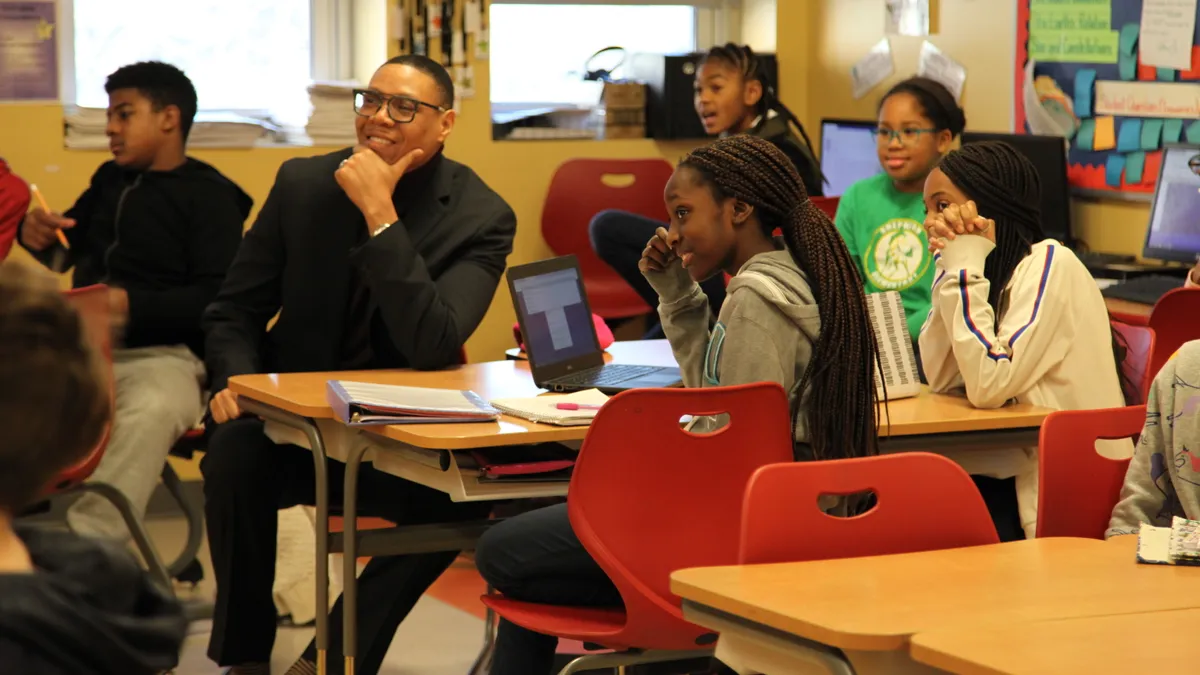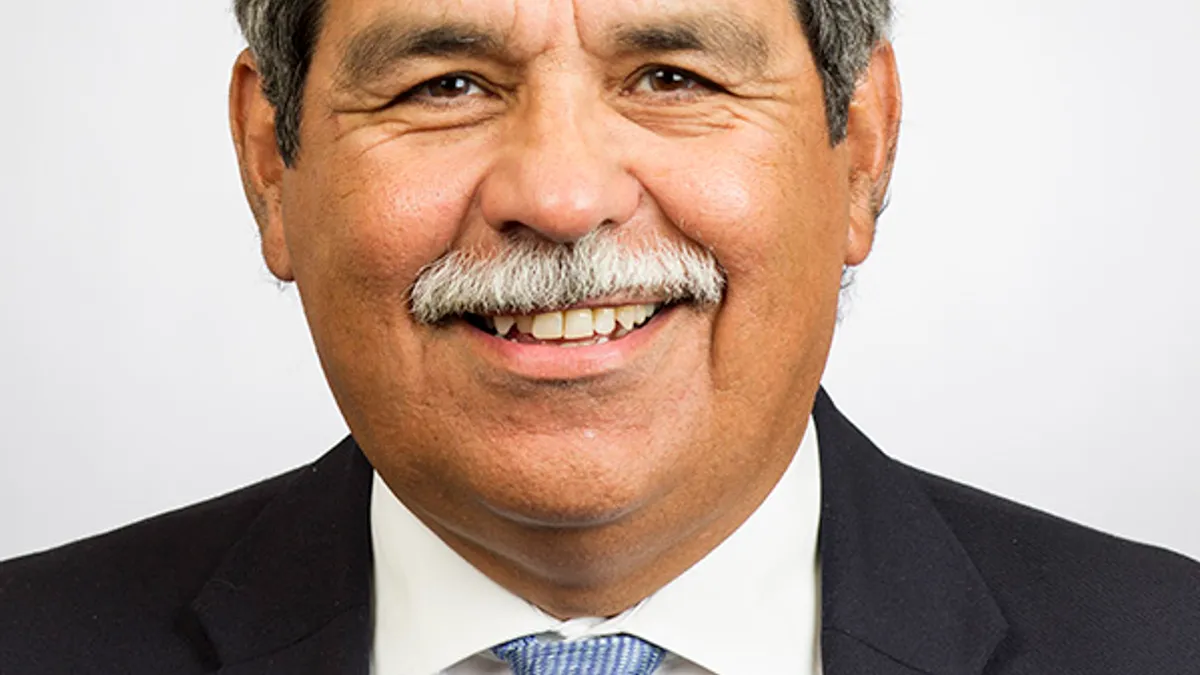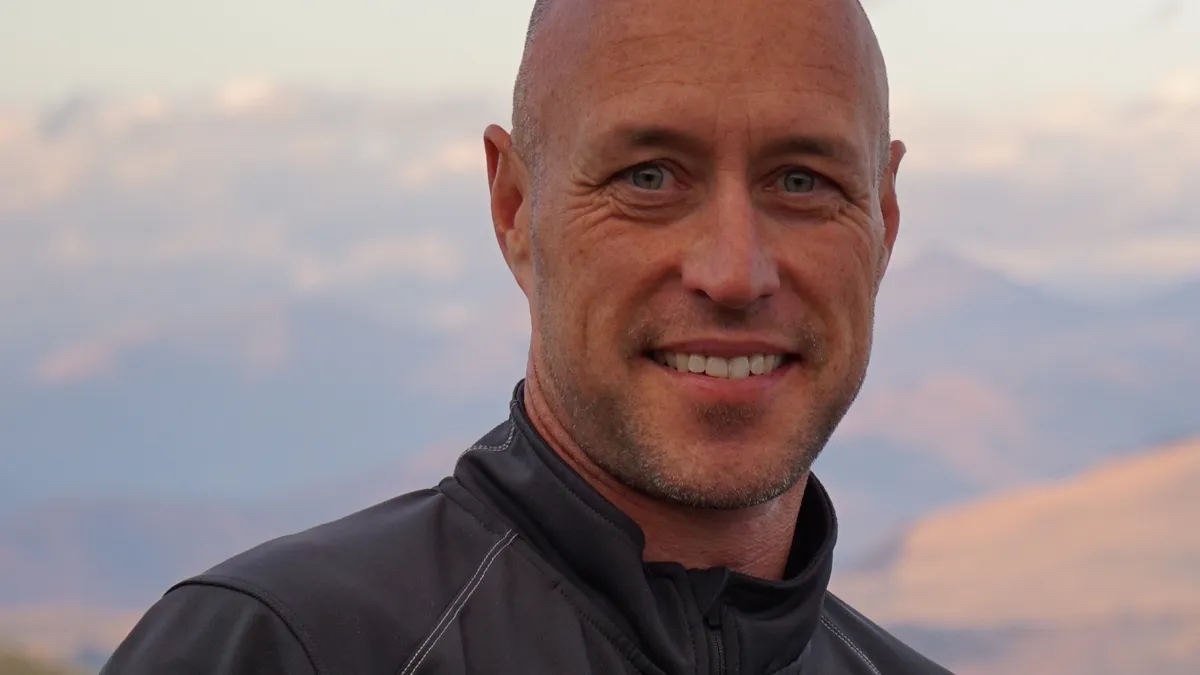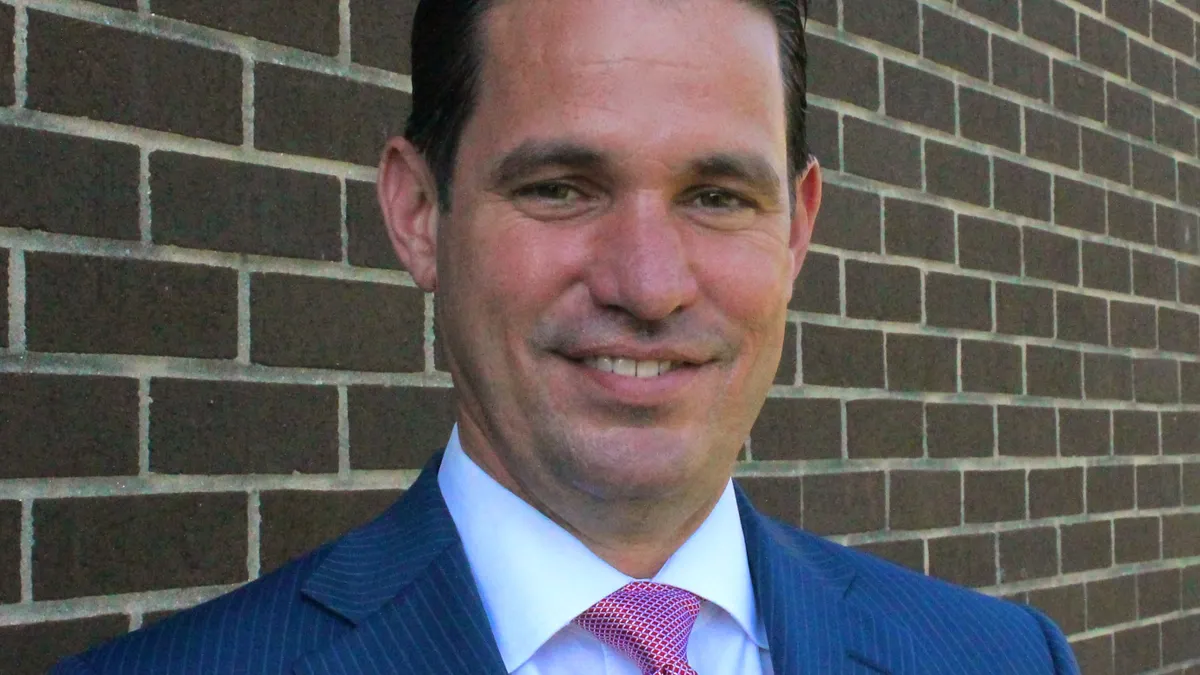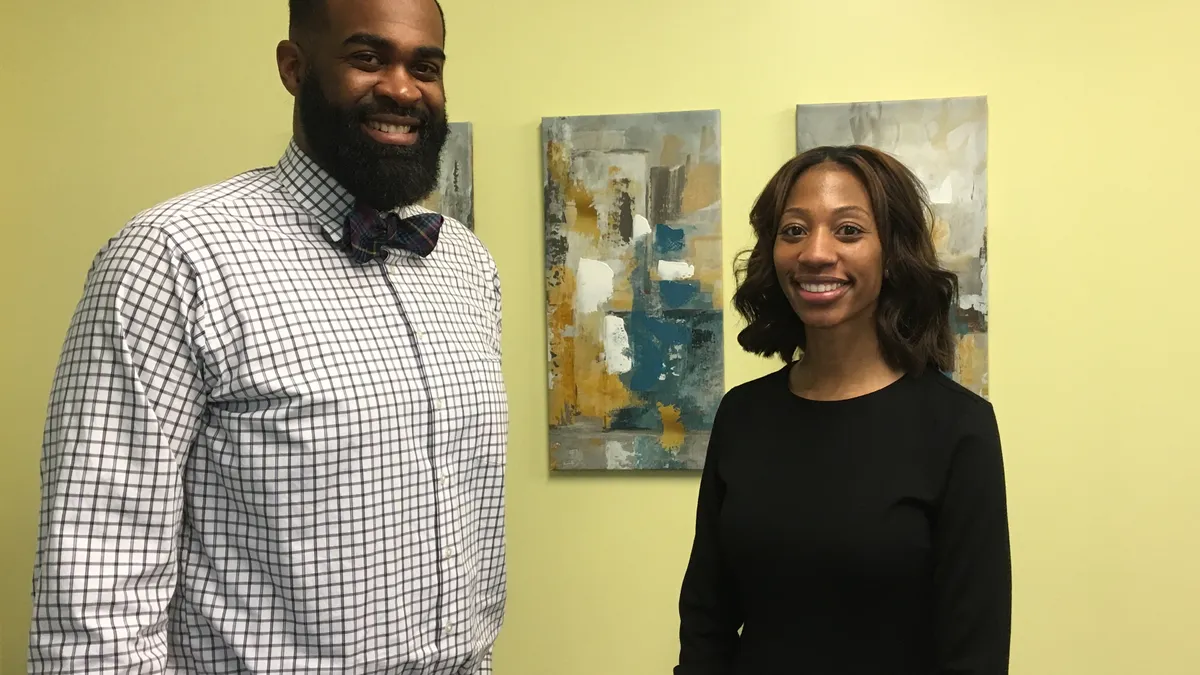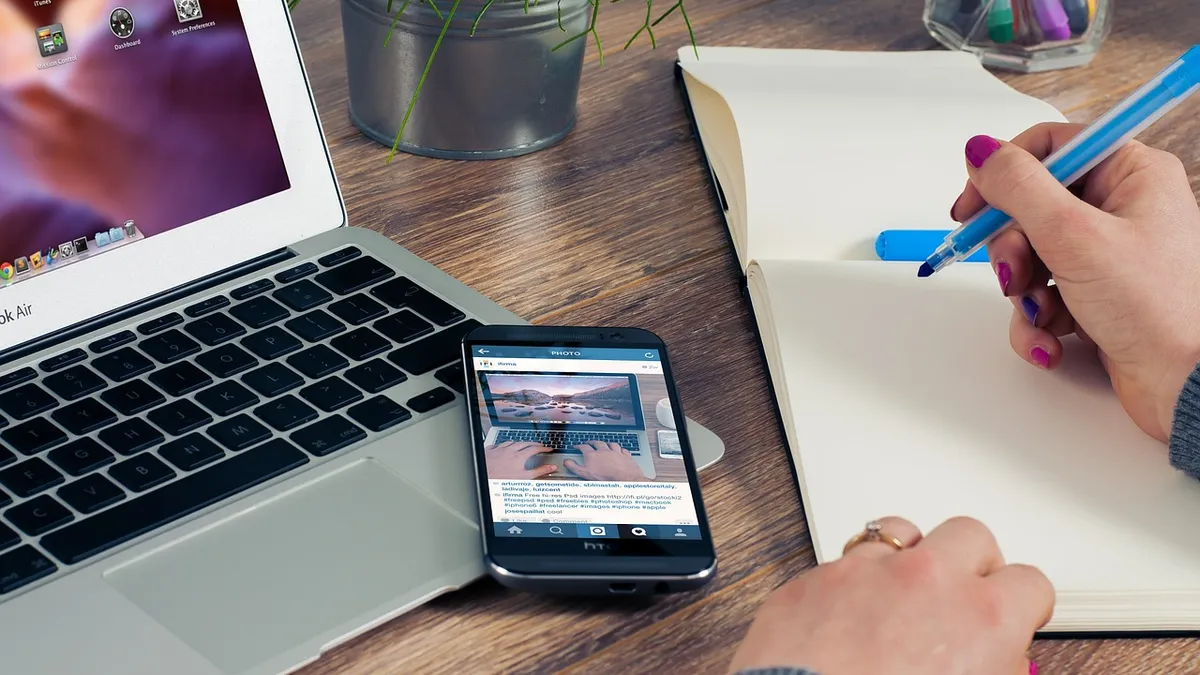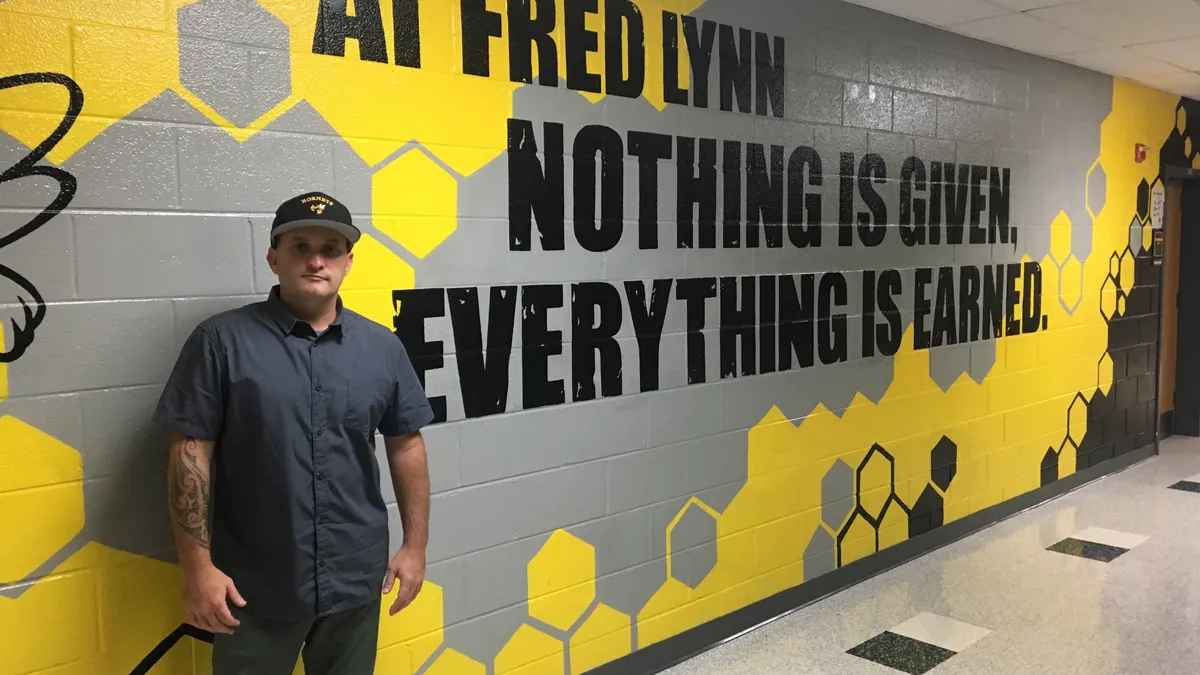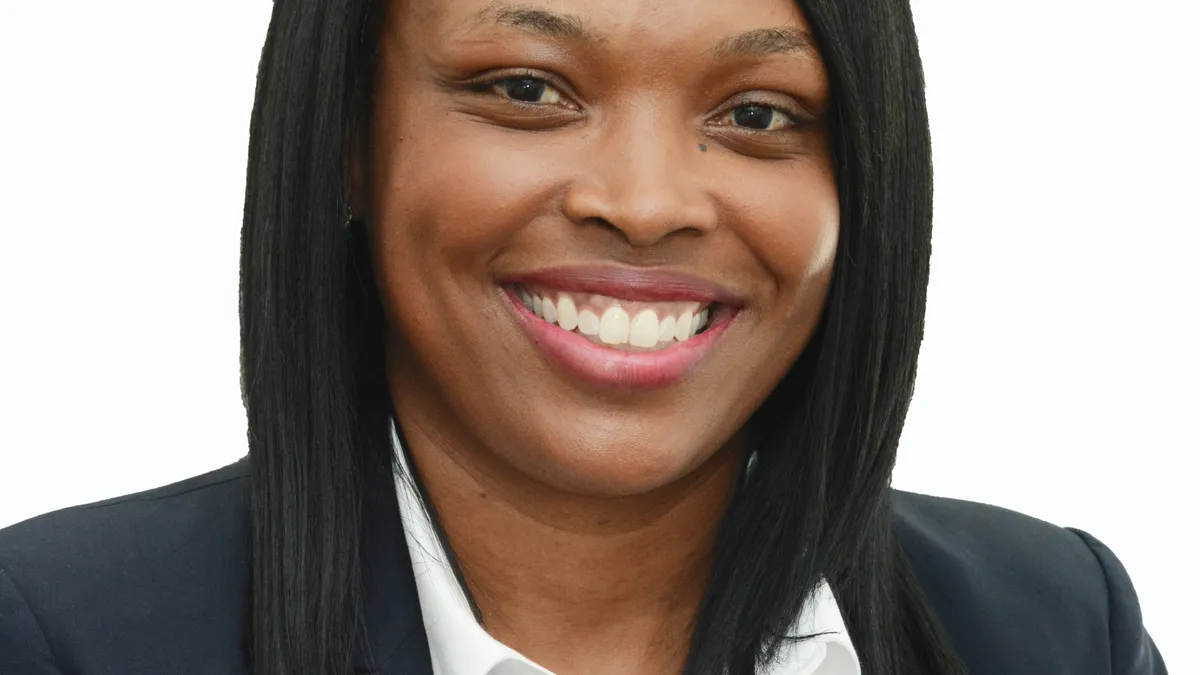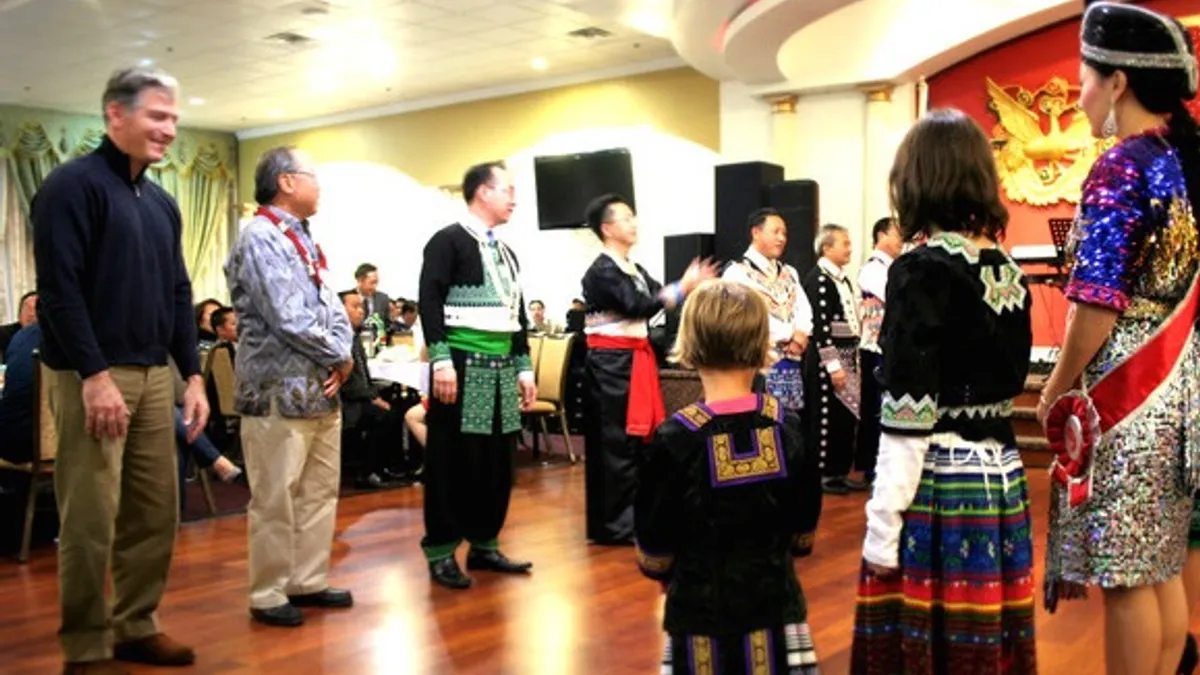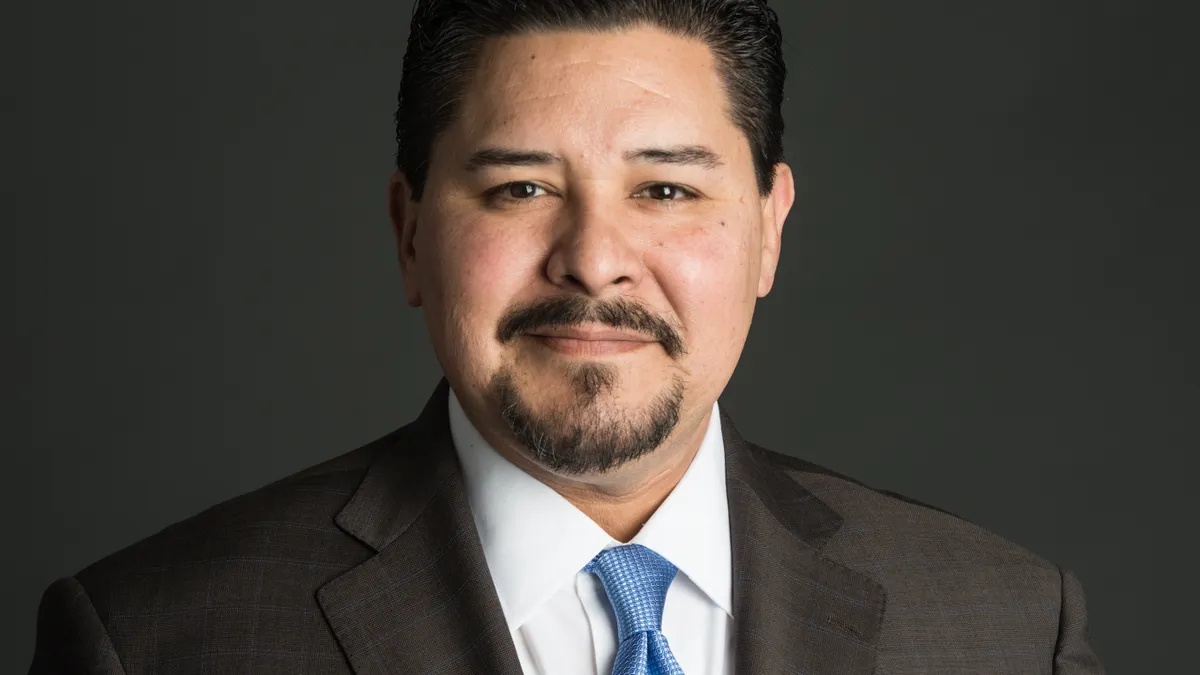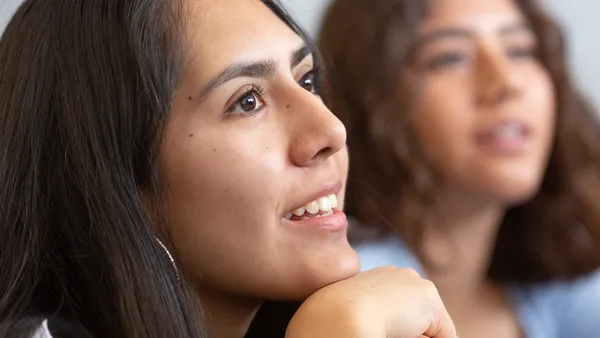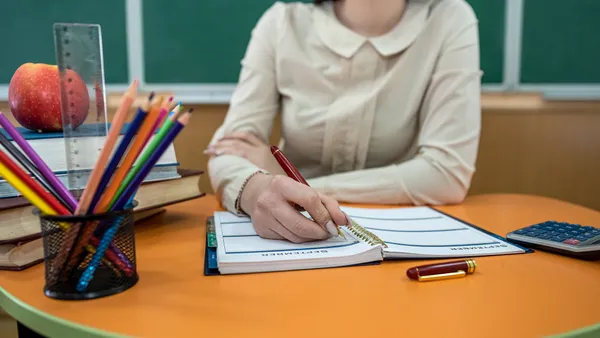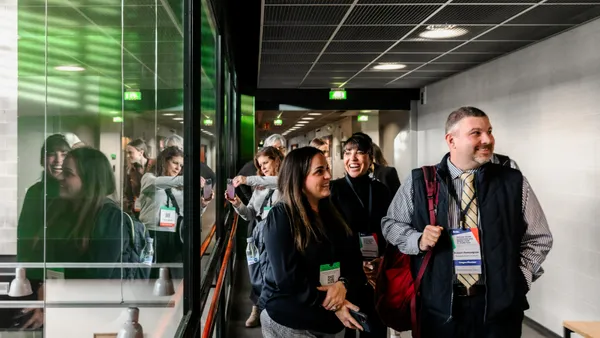Lessons In Leadership is an ongoing series in which K-12 principals and superintendents share their best practices and challenges overcome. For more installments, click here.
Located roughly 25 miles from New York City, Baldwin Union Free School District on Long Island was well-positioned to see the novel coronavirus pandemic unfold stateside.
Getting a sense of what was happening in the city and understanding what likely loomed on the horizon, Superintendent Shari Camhi was able to give the district two weeks to prepare for a virtual learning transition. When the time came, with 48 hours' notice, they were able to flip the switch with few problems.
While that isn't to say there weren't bumps in the road — rather, there are still major challenges ahead as an economic crisis sets in and schools attempt to safely reopen — Camhi does see a silver lining.
"I'm hoping for people to understand technology can be used as a more engaging way of learning than before. I'm hoping people rethink virtual learning, not as the way it was done before, because I don't think computer-assisted instruction is the answer, but how do you use technology to get kids to think and work together collaboratively?" she said, additionally praising educators' flexibility and willingness to do what it takes to continue serving students.
Over the course of our conversation, Camhi detailed the district's coronavirus response and the impacts on families, plans for reopening, and what expected budget cuts will mean for her schools.
EDITOR'S NOTE: The following interview has been edited for brevity and clarity.
EDUCATION DIVE: What are some of the ways that families in your district have been impacted? And what sort of measures have you taken to address those needs?
SHARI CAMHI: We're an interesting community. We're a middle-class community, and we have a varied population. We have some families who had computers at home and were able to get their kids on a device, and that was not an issue. We have some families that needed devices and we had to provide some devices.
Interestingly, what we found was that … initially, we only had to hand out 40 devices. [But] we've handed out over 500 devices now because, with live learning and after this went on beyond the initial two-week period of time, let's say you're in a home and with two or three kids, and mom and dad both work [from home], there were four or five people going for the technology all at the same time. So we ended up handing out many more devices than we initially anticipated.
The families that I'm most worried about are our ELL population and our most disabled population. Some of those folks are struggling. I will say proudly we have made contact with 100% of our families and 100% of our kids. That was an initiative of ours right from the get-go to make sure everybody was safe and everybody was accounted for. That's an ongoing initiative for us.
Continuing services for English learners and students with special needs has been a challenge for a lot of districts. How have you gone about addressing that?
CAMHI: We went remote on March 17. We basically flipped the switch and we were remote. The expectation for everybody was that we continued as usual. So our service providers for our students with disabilities have been going in on Google Meet and working with kids remotely. One of the things that has happened for both our ELL population and our special education population is that communication with families has been even better than it was before. And it was good before. But there's a recognized need to have communication with parents.
You mentioned parents working from home and an increased need for devices. Factoring in potential layoffs for parents, what are some of the things you've tried to encourage educators to keep in mind as far as navigating the pressures on families?
CAMHI: I think flexibility is the key. I think flexibility is most demonstrated at the high school level. If you have kids who are teenagers, you know that being in school at 7:30 is a challenge. So now you open up the ability to sleep in, in the morning.
Our teachers have been meeting the kids where they are. For example, we have students who are most able to be at their best from, let's say, 10 in the morning on. We have some teachers who are parents, as well, so they're kind of doing double duty, right? They have their own kids at home and then they're teaching.
So we've been able to navigate schedules in a way so that I have, for example, one high school teacher who is at home with his kids, so his lessons are a little later in the afternoon when his wife can take over watching his kids. And that's worked out for the kids in his classes, as well, because they are more awake later in the afternoon and the pressures for their parents are less later in the afternoon.
I think there's not one answer to the question. What we've seen is, instead of being part of a rigid schedule, [it's beneficial] to have some flexibility now. For example, if a teacher polled their class and found out what time in their lives work the best, they can schedule live lessons around the time that works best for everybody.
With students who might be struggling with the transition to distance learning, do you have any sort of plans to help mitigate learning loss?
CAMHI: Our governor has informed us that he's not going to let us know about in-person summer school until the end of May. If you know anything about schools, you know school systems are complex organizations. A lot of people like to think they're very simple. They are the exact opposite of simple.
So we are planning for virtual summer school. I, at this point, have no reason to believe [we'll fully reopen] based on what I hear from the governor or based on what I hear from the science and the medical profession, where we're having conversations about how we open in some form in September. What we're planning on doing is a high-school-only summer program for students who need the classes to either graduate or move on to the next grade.
Once you get the go-ahead to reopen buildings, do you think the pandemic will change approaches to class sizes? How do you address that issue taking into account budgets, staffing and how much physical space you have in the school?
CAMHI: So that's kind of like strike one and strike two, where this idea of social distancing in schools is somewhat of a myth. I have a high school of 1,600 kids and about, give or take, 400 staff members. If somebody can tell me how you can socially distance 1,200 people in a building that was built during the industrial age, which means small spaces and lots of people, I'm open to suggestions.
I know they're talking about doing an A-day/B-day schedule. I'm sure people realize that social distancing with 1,000 people at any given time is also not possible. [But] we're kicking around a lot of different ideas.
We're hoping for guidance sooner rather than later, but I think when we look at September, the most realistic possibility is that there's some combination of in-school virtual learning — a choice of whether I'm going to go virtual or in-school.
It's funny because The Wall Street Journal and The Economist both published articles that talked about how it does not seem as though young people are carriers or are less-affected by COVID-19 than adults. For the life of me, I can't understand why people don't realize lots of adults work in schools also. And you know there are kids who are health- and immune-compromised.
We have to be really, really careful because we work in very confined spaces. If I were an office, I can put plexiglass between people or separation boards or put little arrows on the floors and say, "Go from dot to dot.” But anyone who says that has not been in school since they were in school.
So we're really playing out every possible scenario. We're working with our local legislators, at least in Nassau County, as a team to really identify what the questions are and try to get some answers.
For educators and students who might be in populations vulnerable to the virus, do you think flexibility will come into play with more virtual opportunities?
CAMHI: I hope so. I can't see another way around that. I never want to find myself in a situation where I caused somebody to be in a dangerous situation. How would I ever live with myself?
So I'm hoping to be able to create some options for people based on where we are in September, knowing full well I can't wait until July or August to prepare. We're preparing for that now, trying to be proactive and hopefully getting information sooner rather than later.
One of the first things that usually gets cut during a recession is education funding. What are some of the things administrators should be doing to prepare for that right now?
CAMHI: We're looking at a financial tsunami. There’s no other way of looking at it. We're all preparing for the worst-case scenario. For me, the worst-case scenario currently is looking like a $6 million loss in my school district, which means massive layoffs. Massive layoffs mean more unemployment and larger class sizes, which is completely antithetical to social distancing.
So unless the federal government comes in and realizes that New York needs a bailout because New York provides a good amount of tax dollars, then we're just looking at a disaster.







 Dive Awards
Dive Awards

